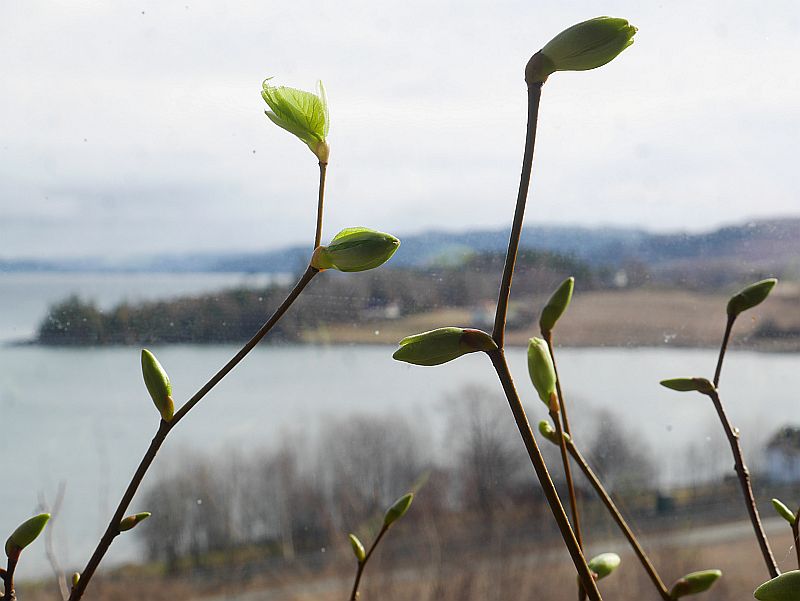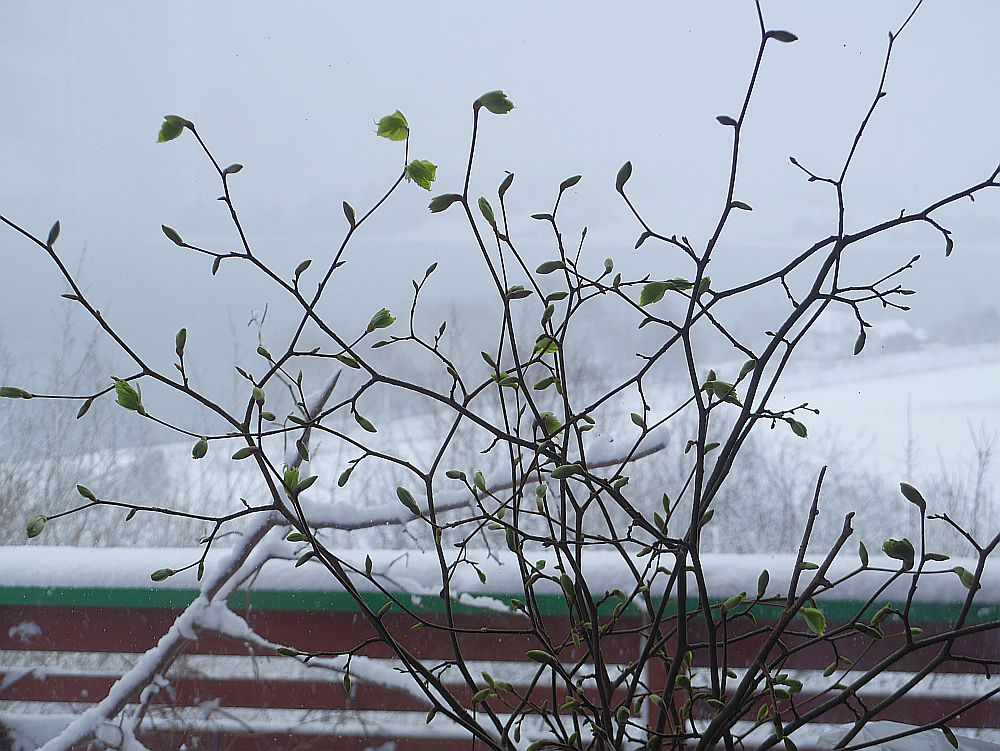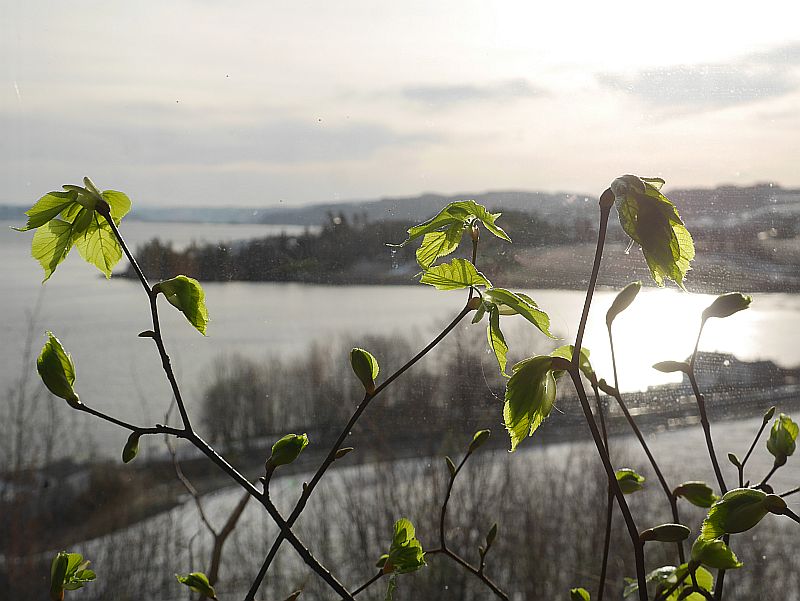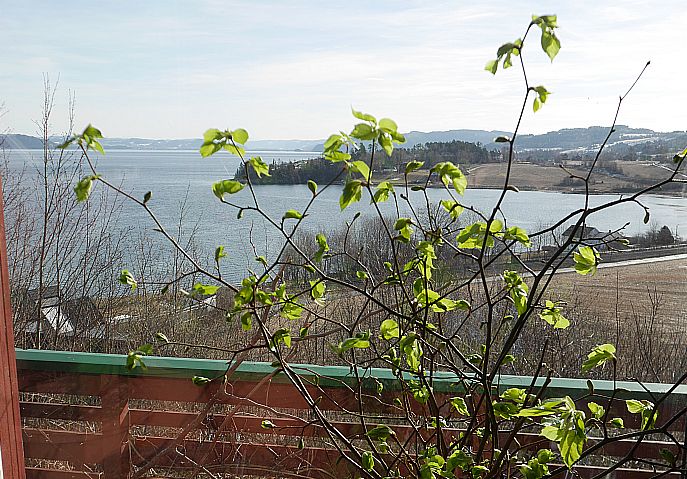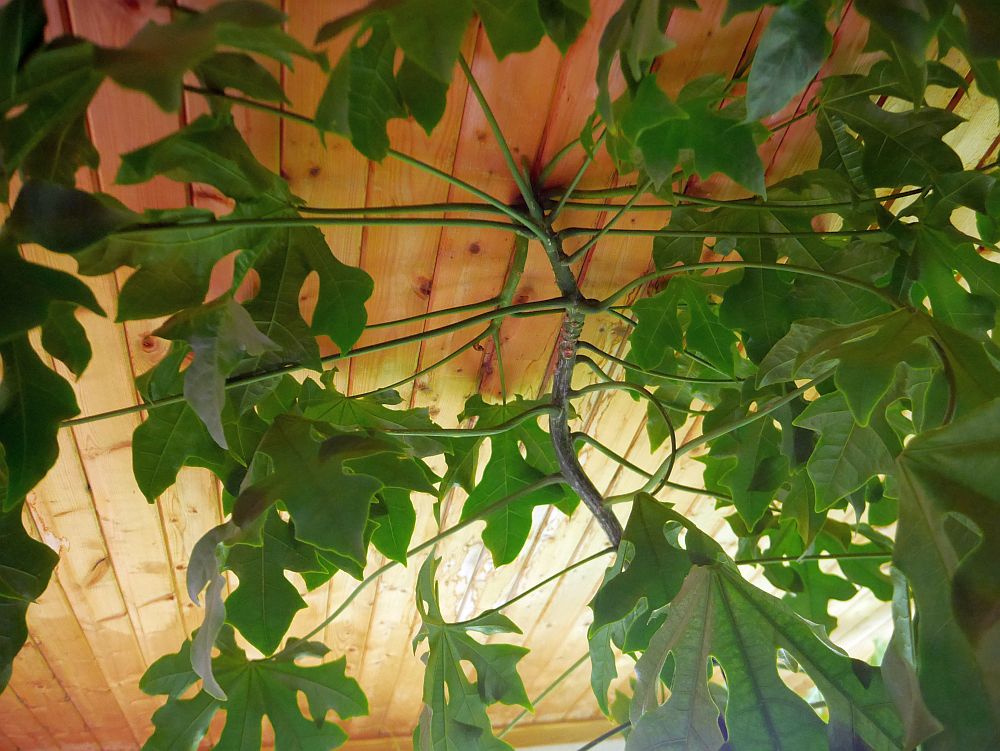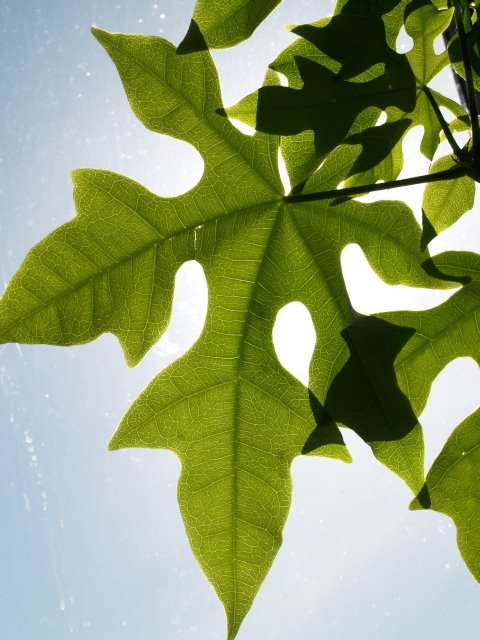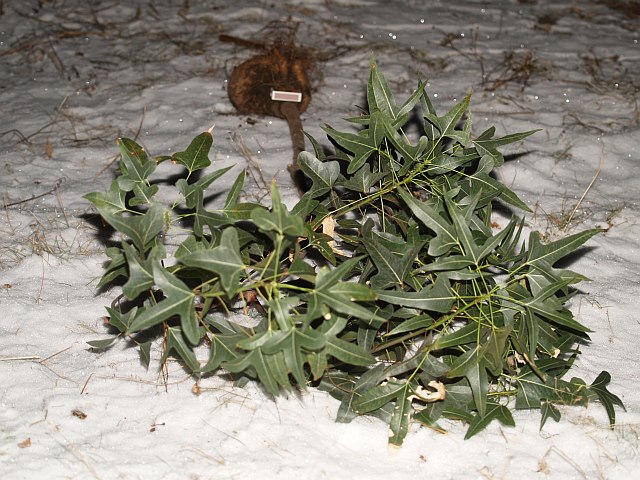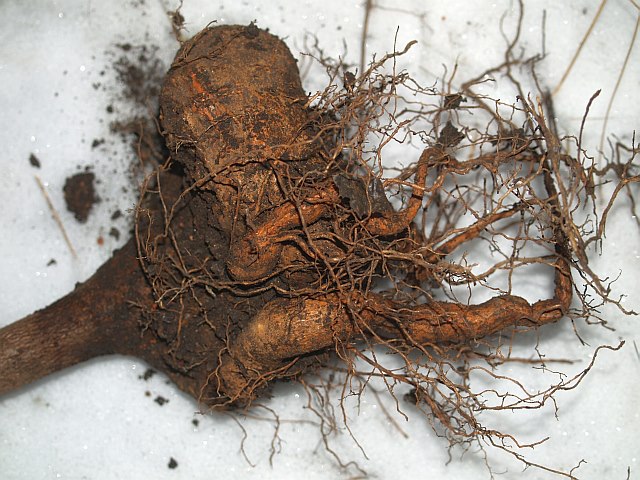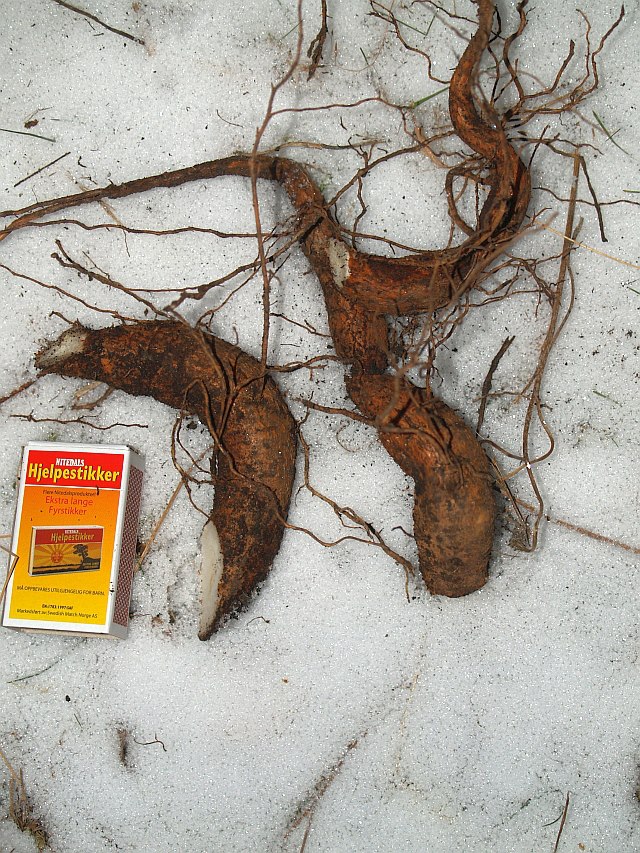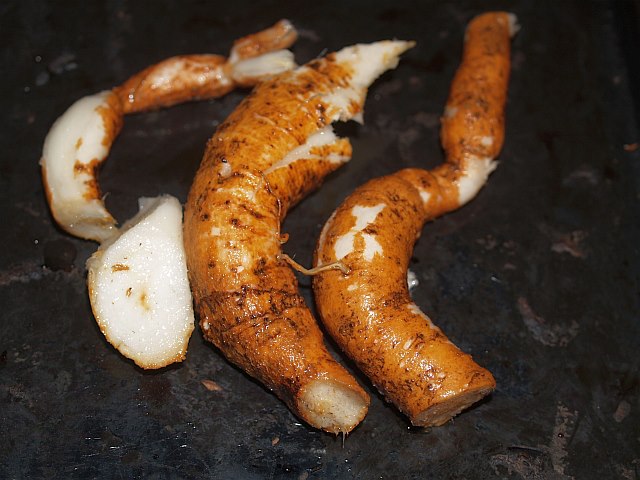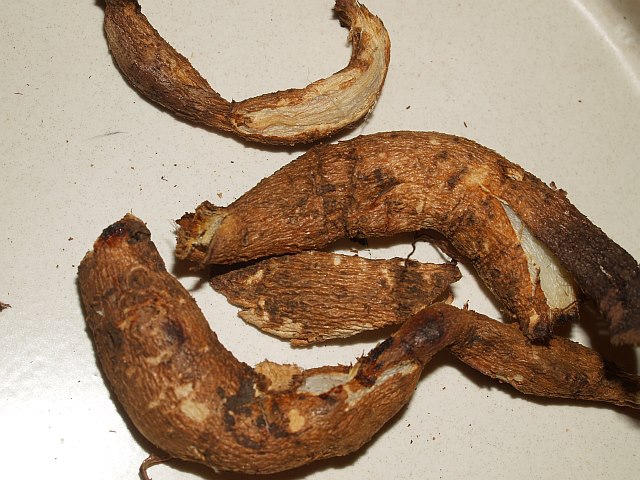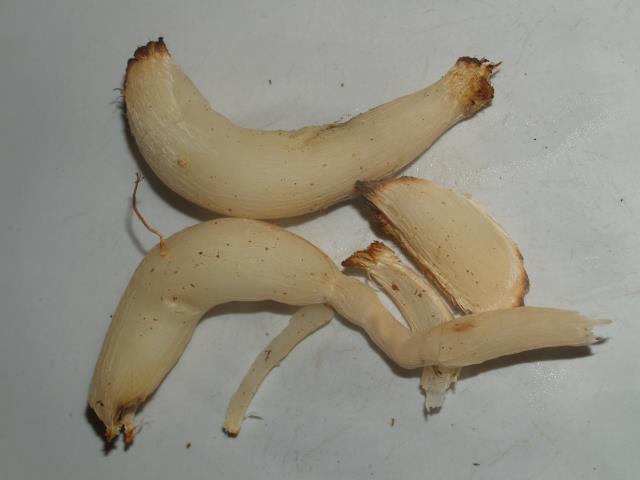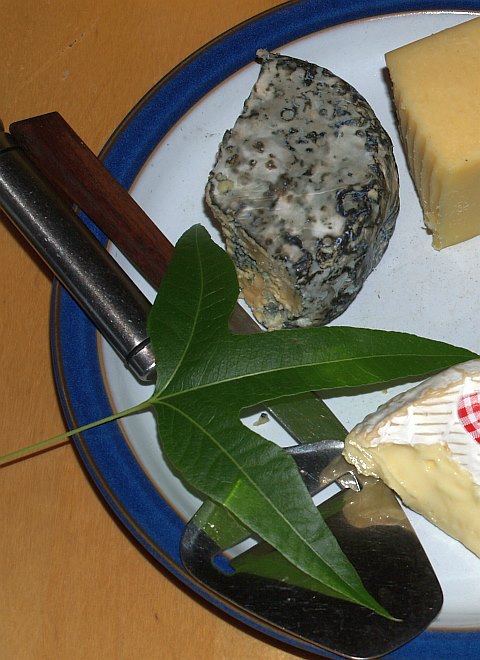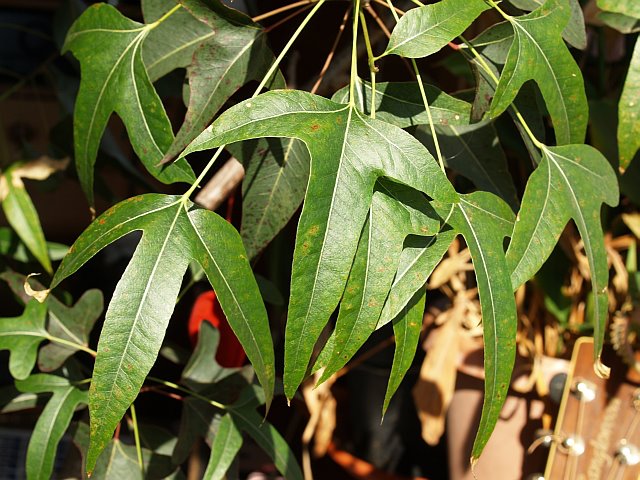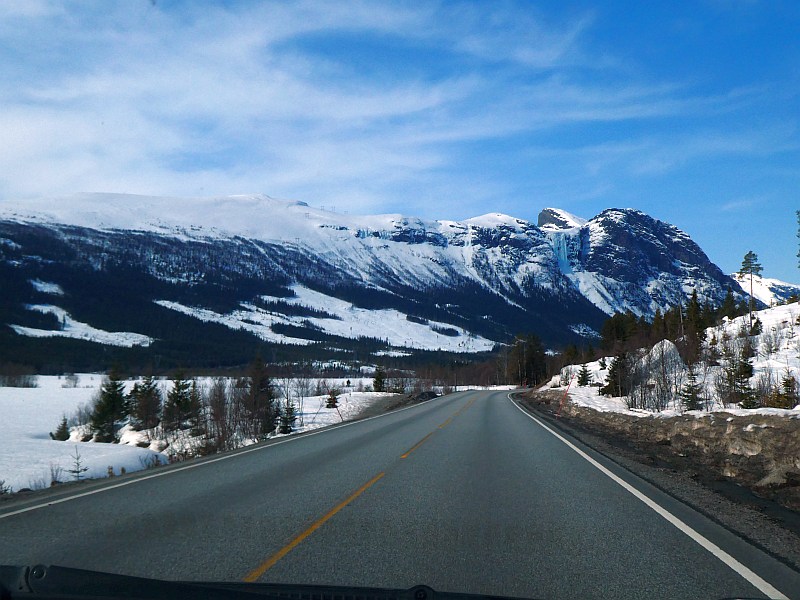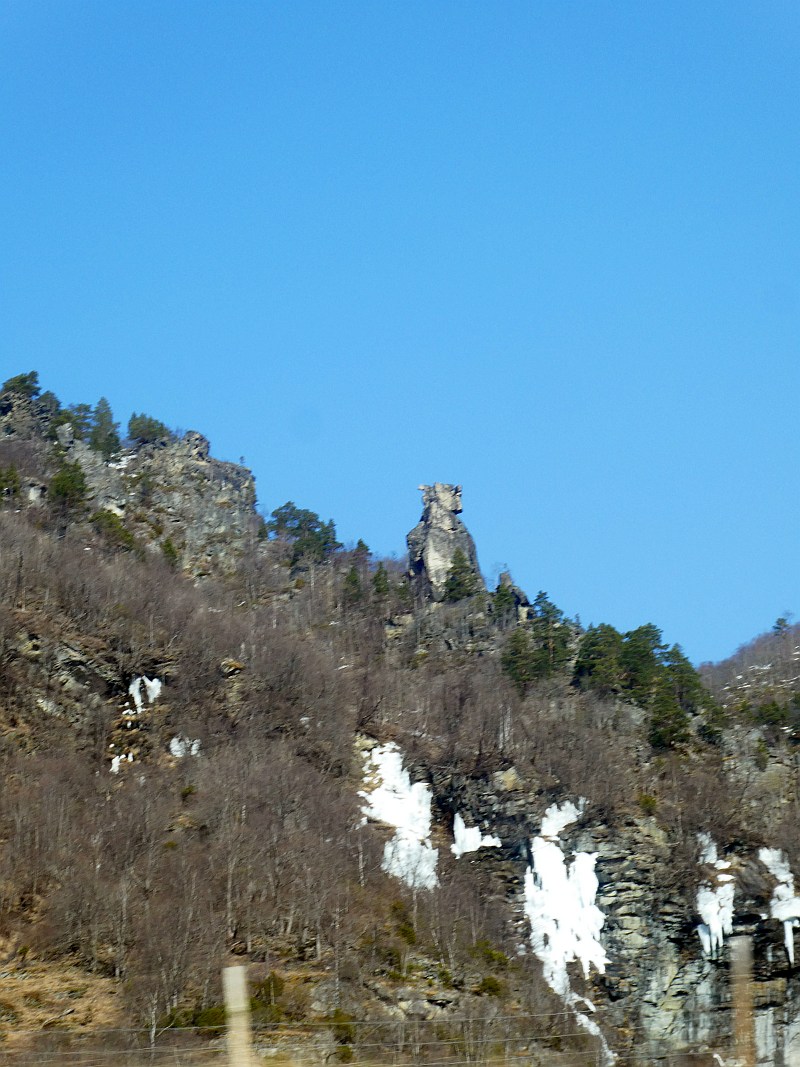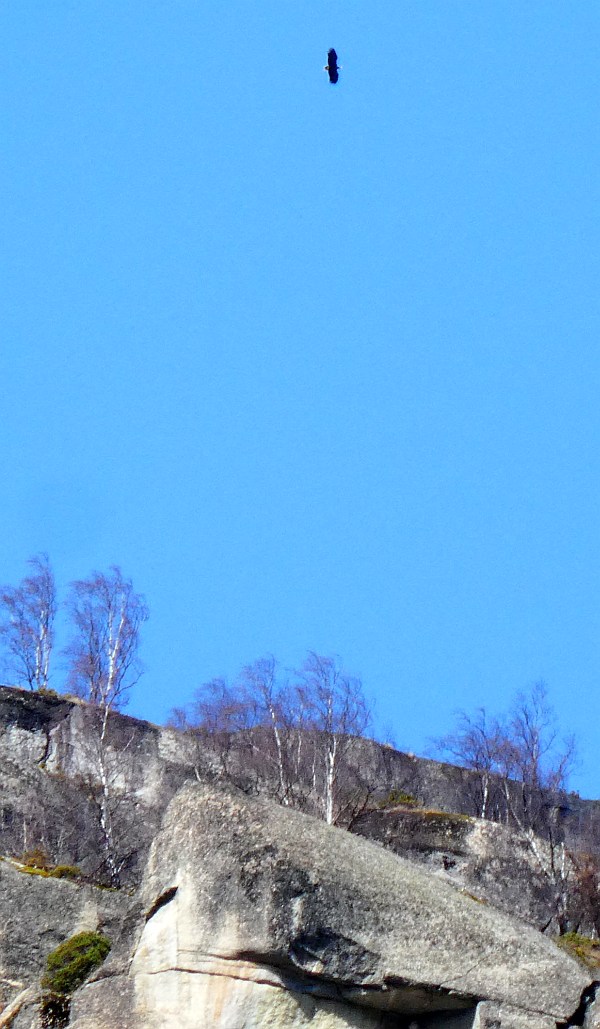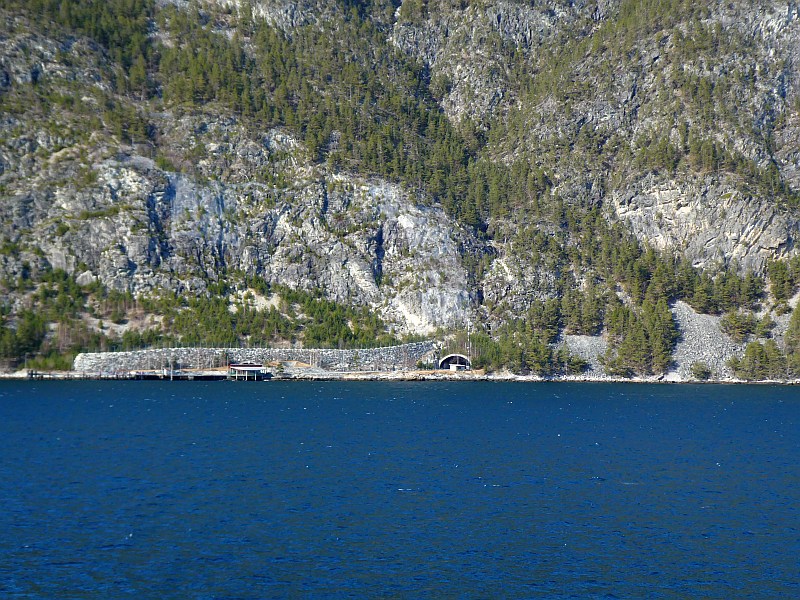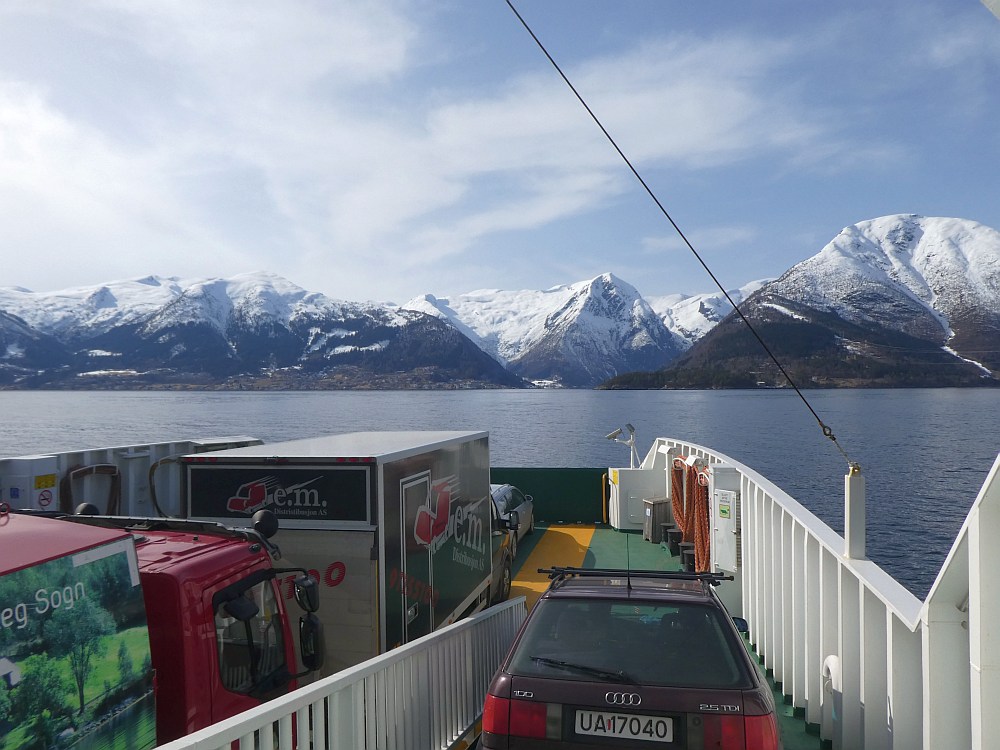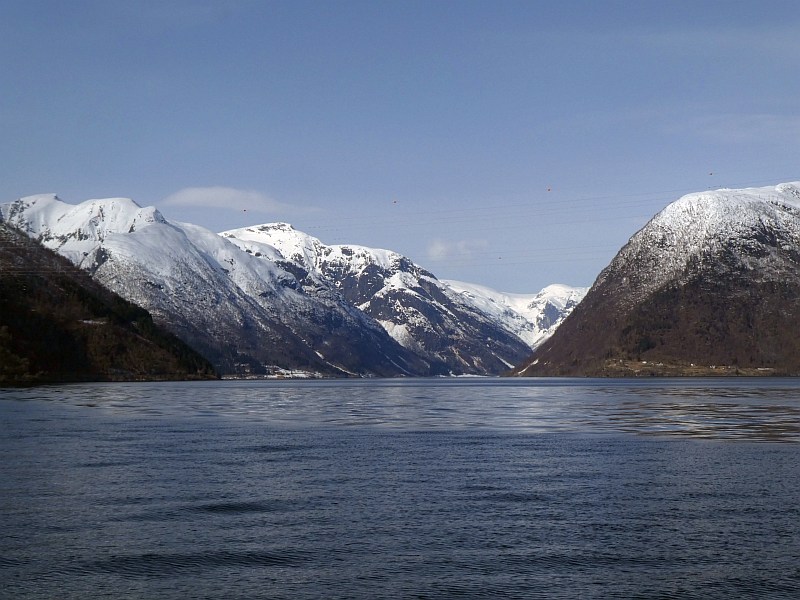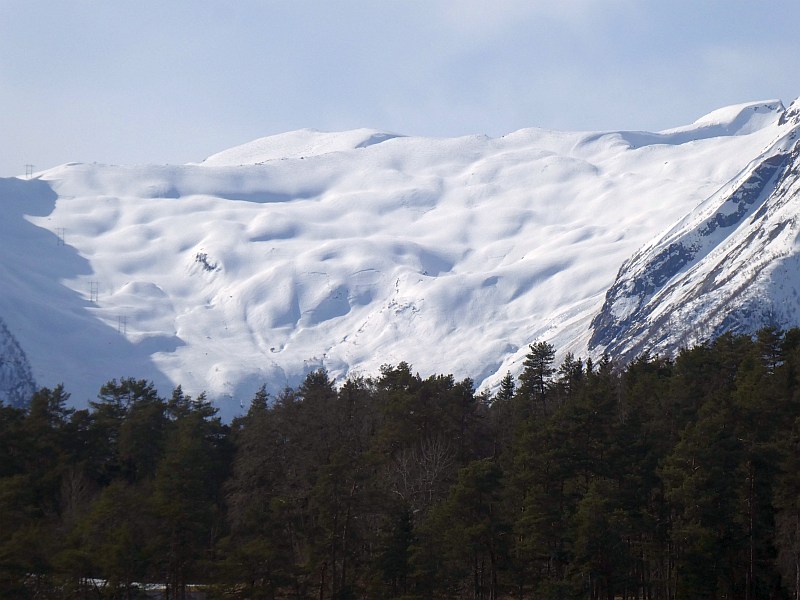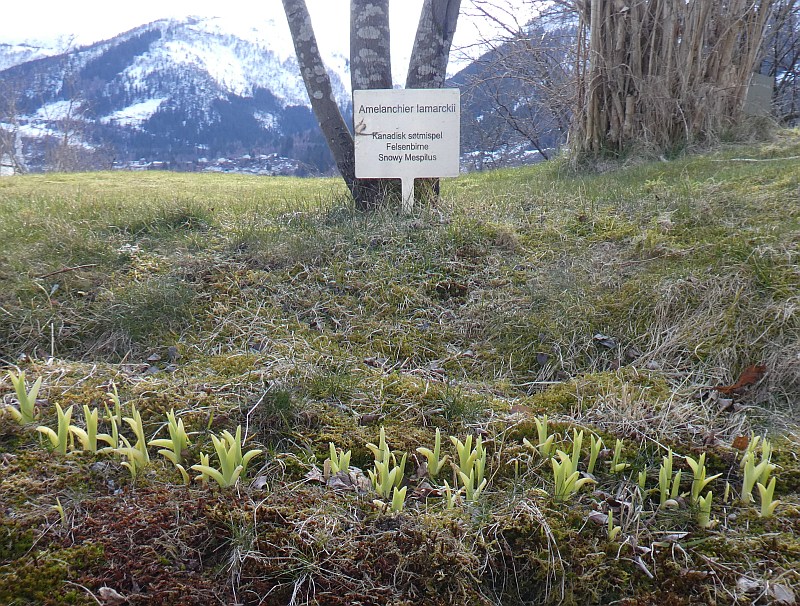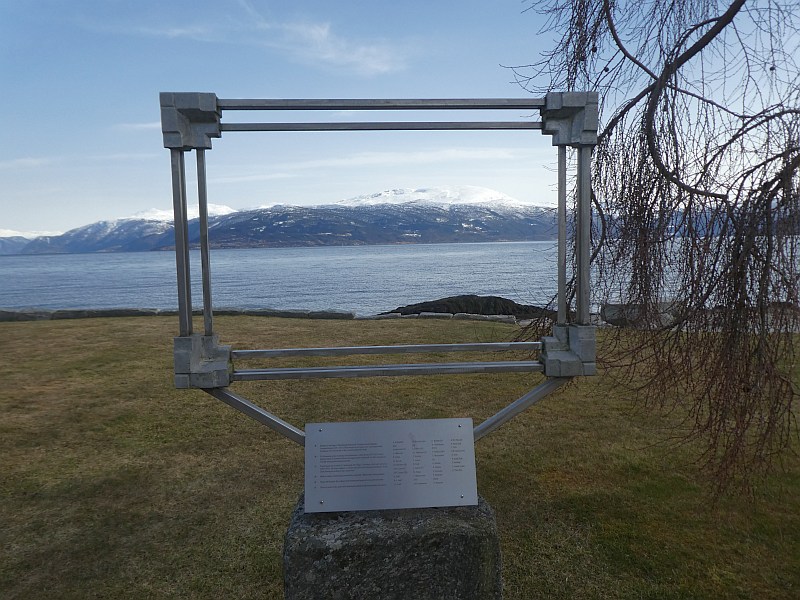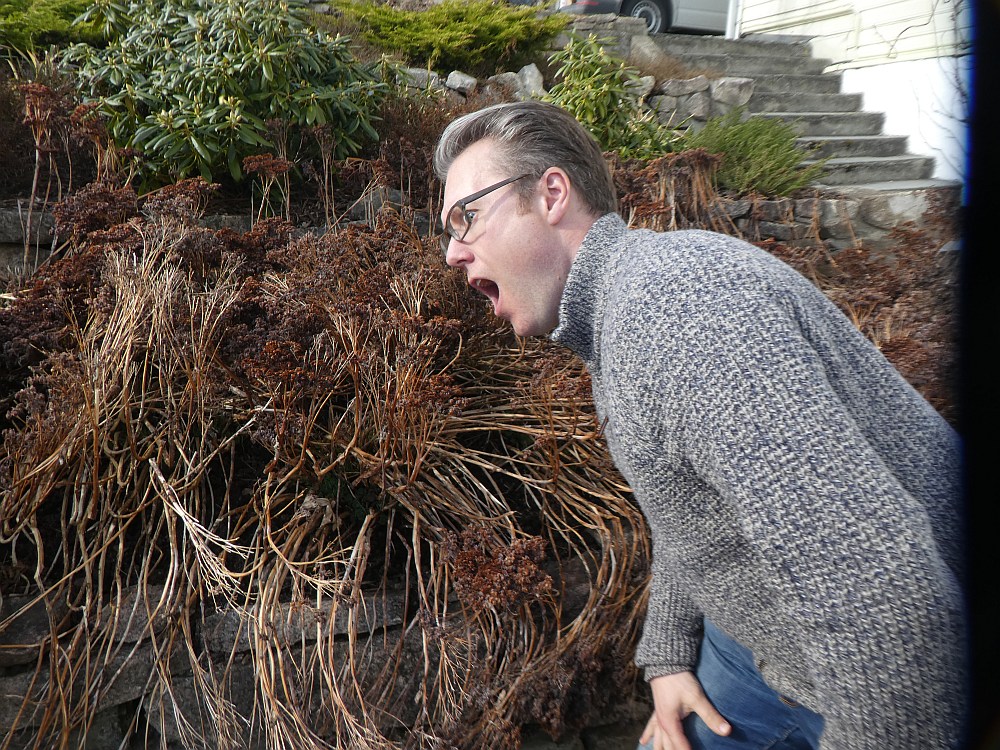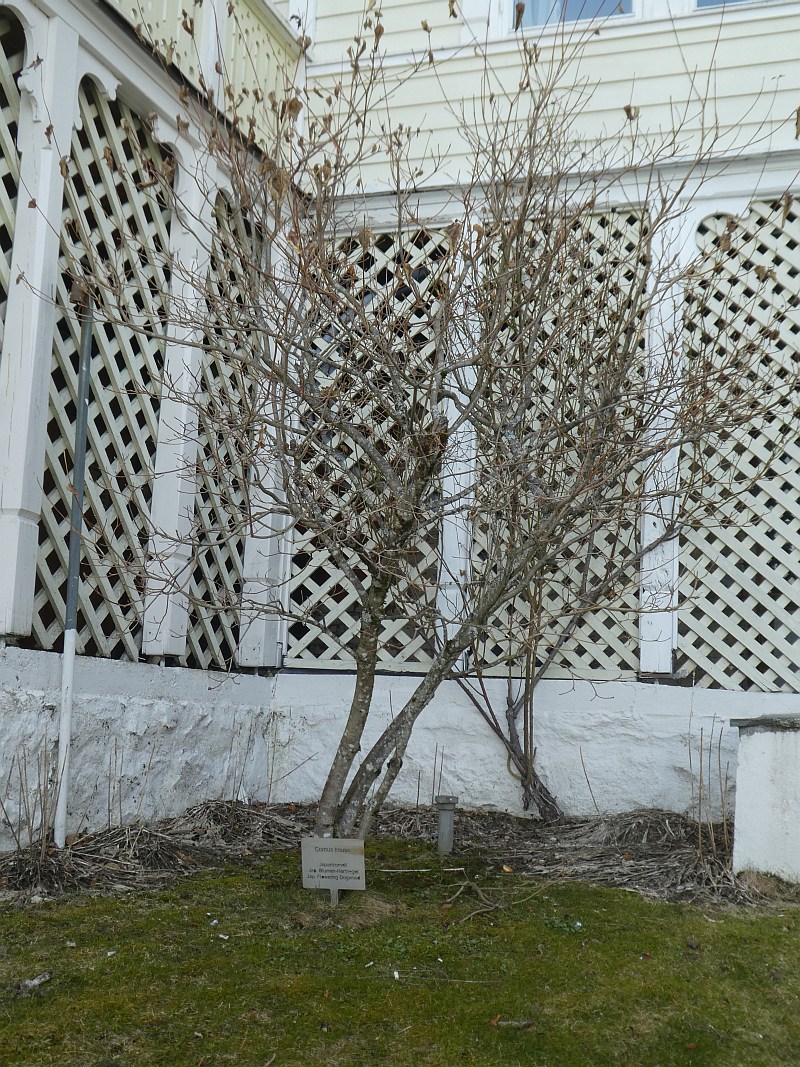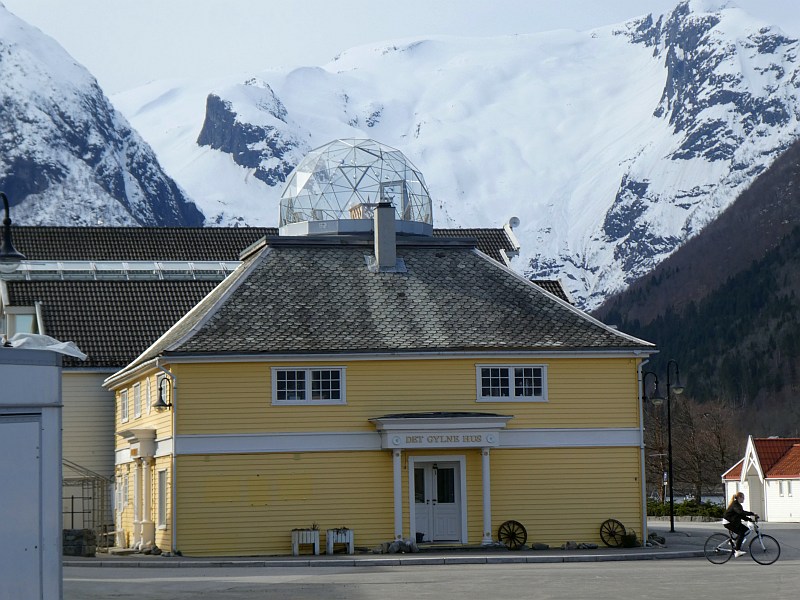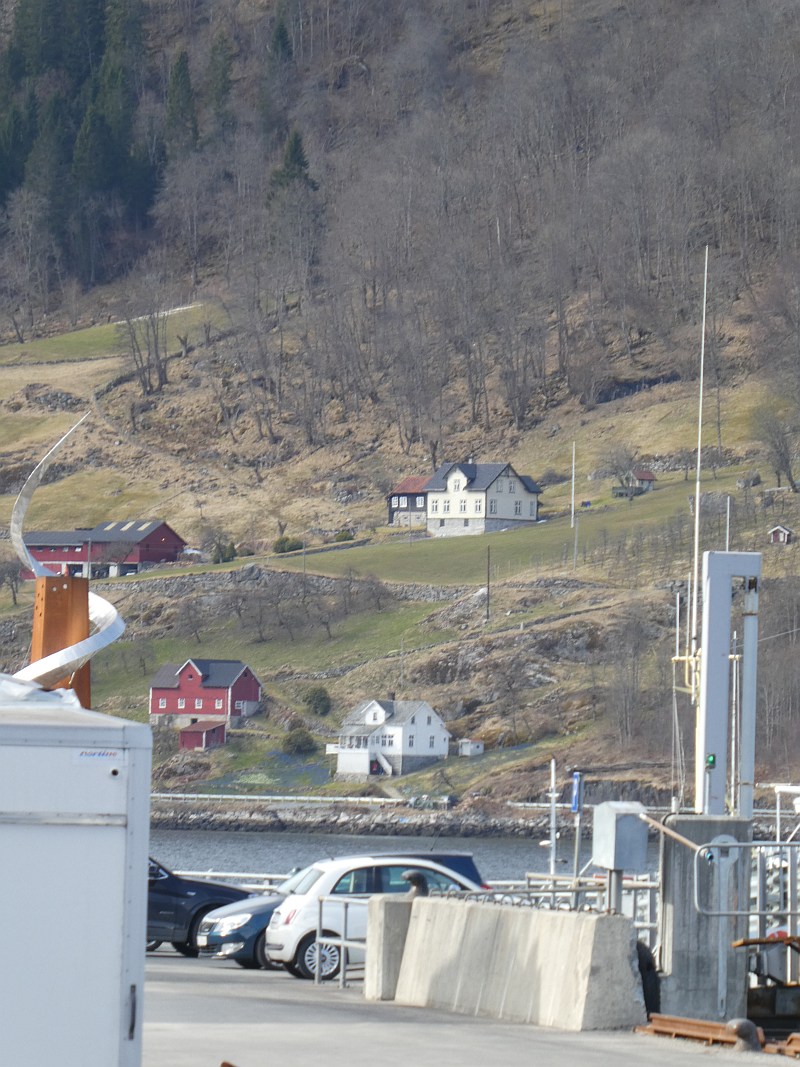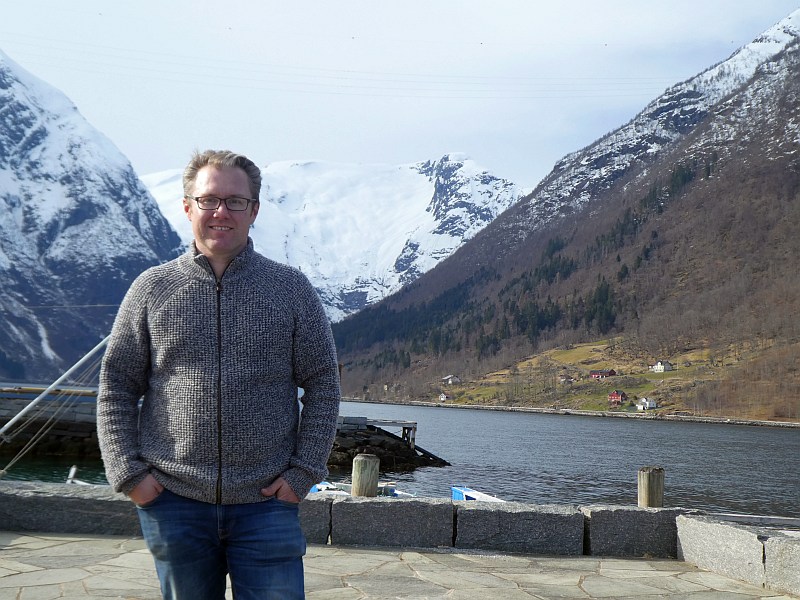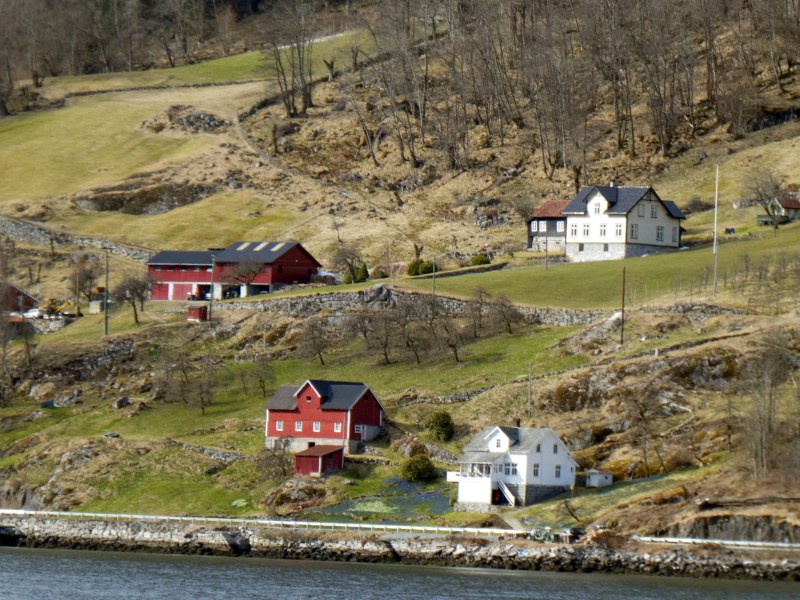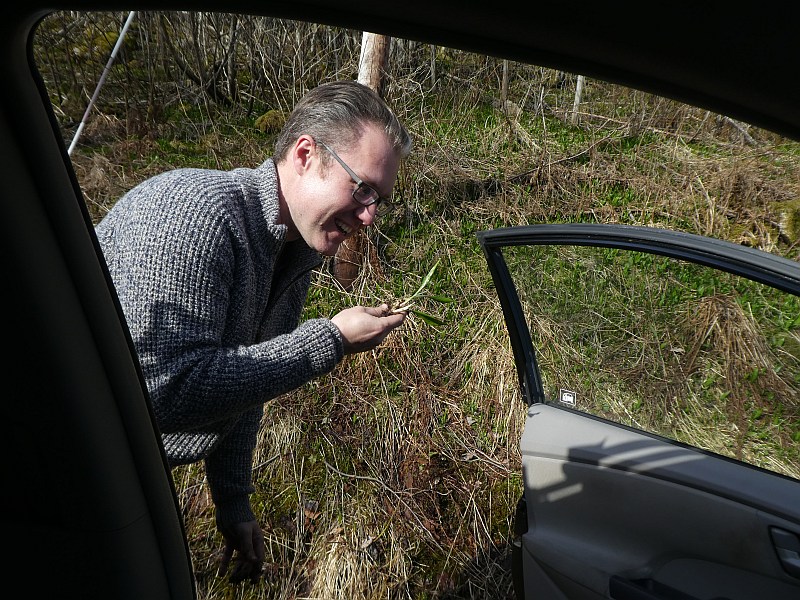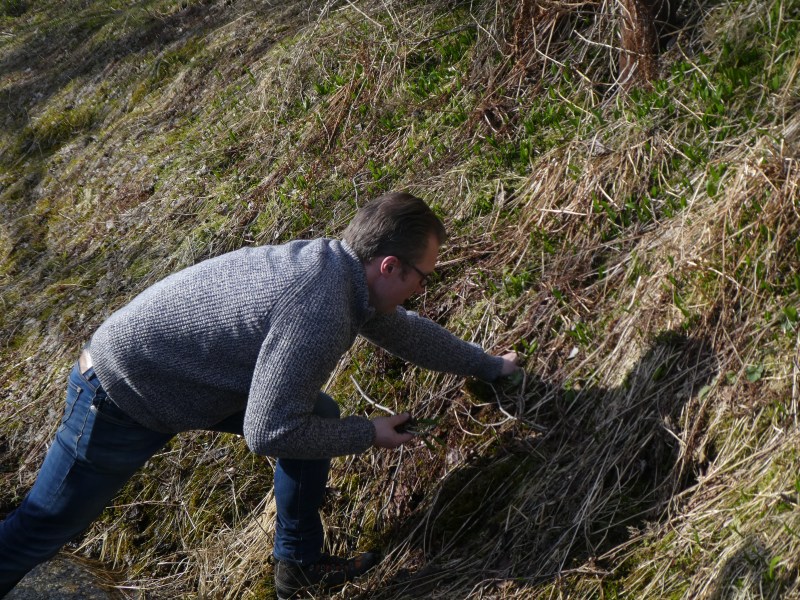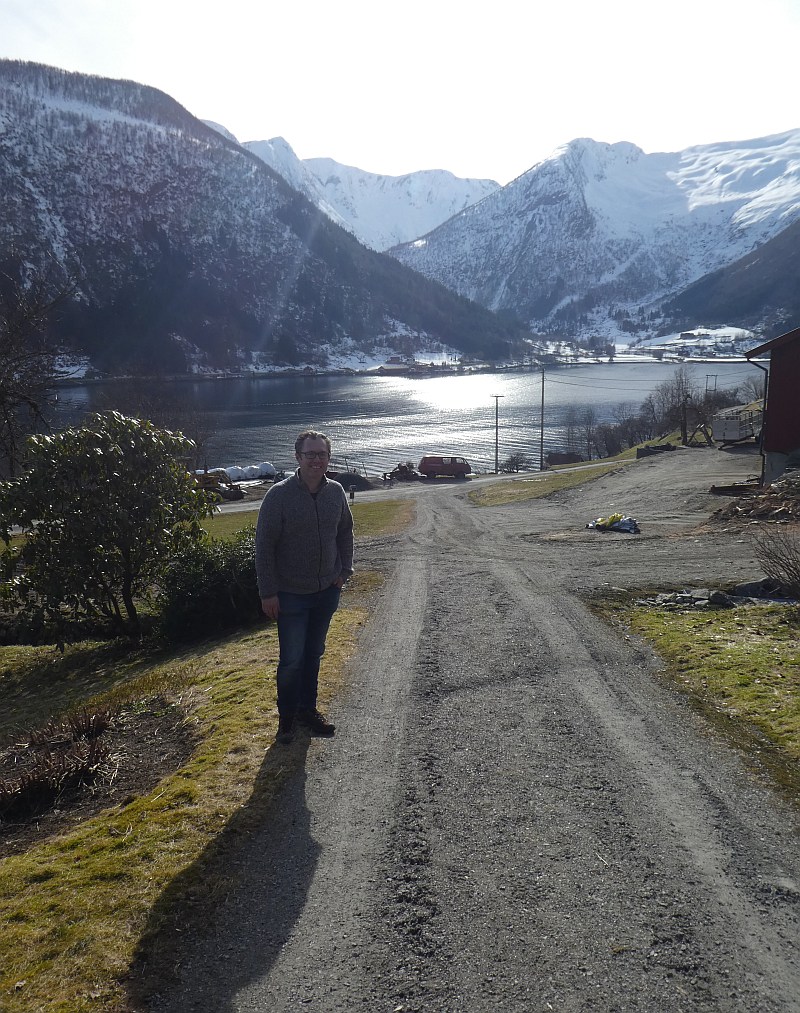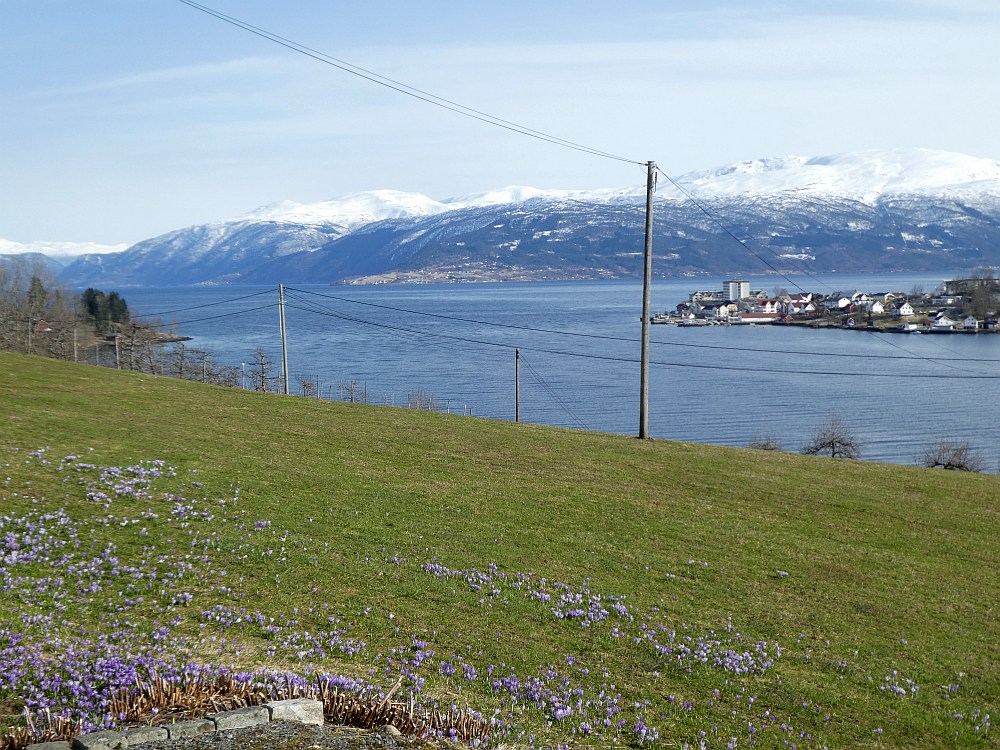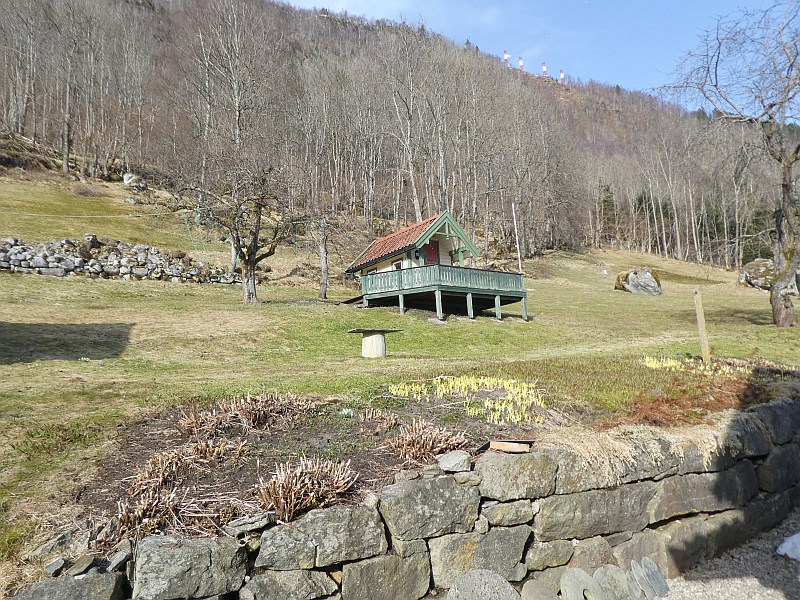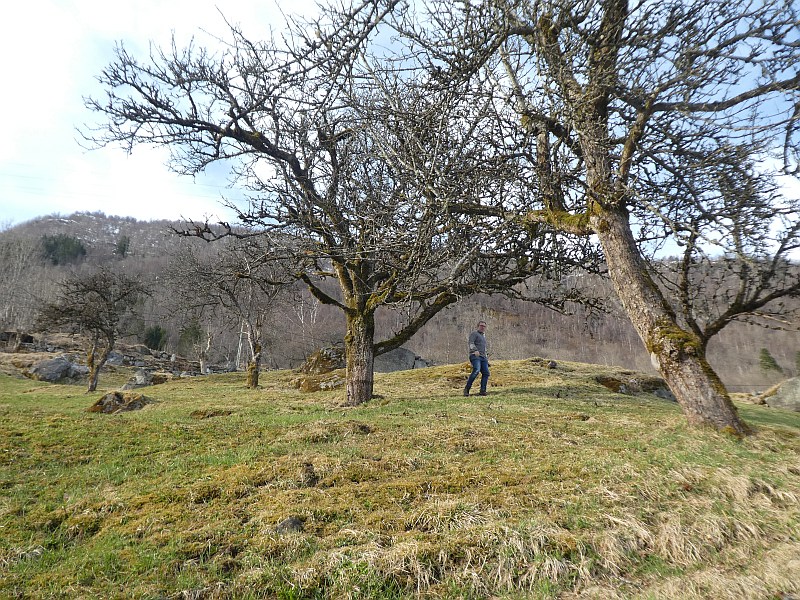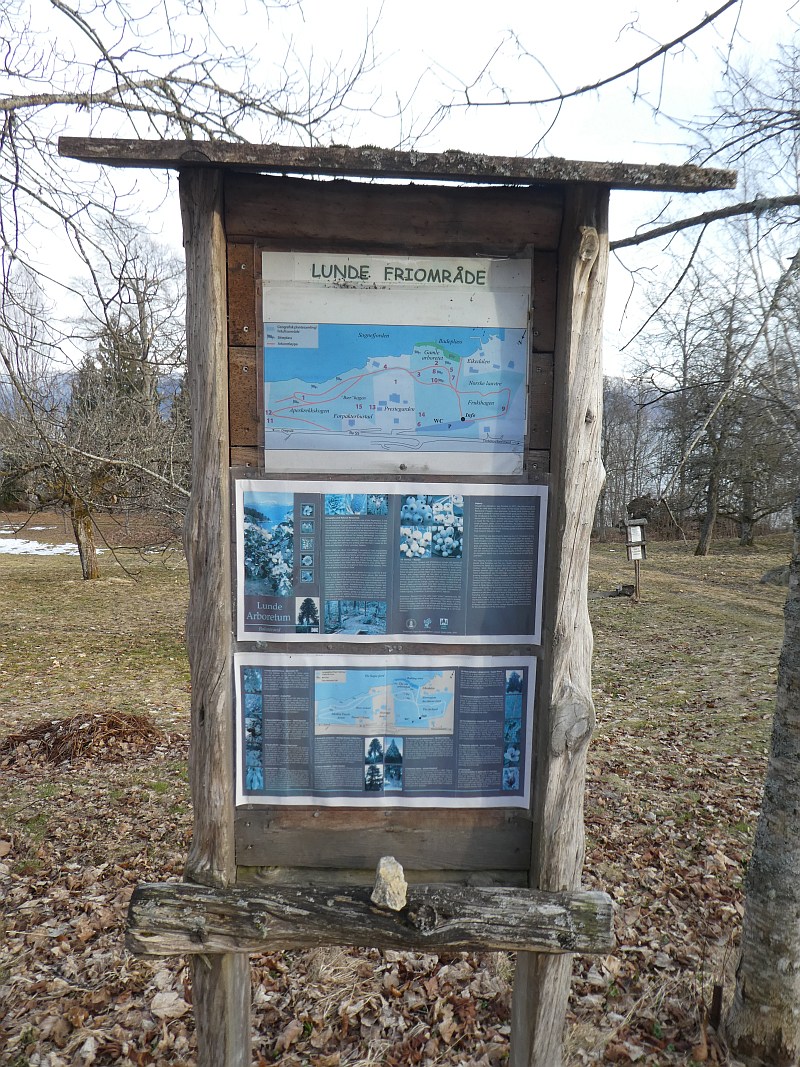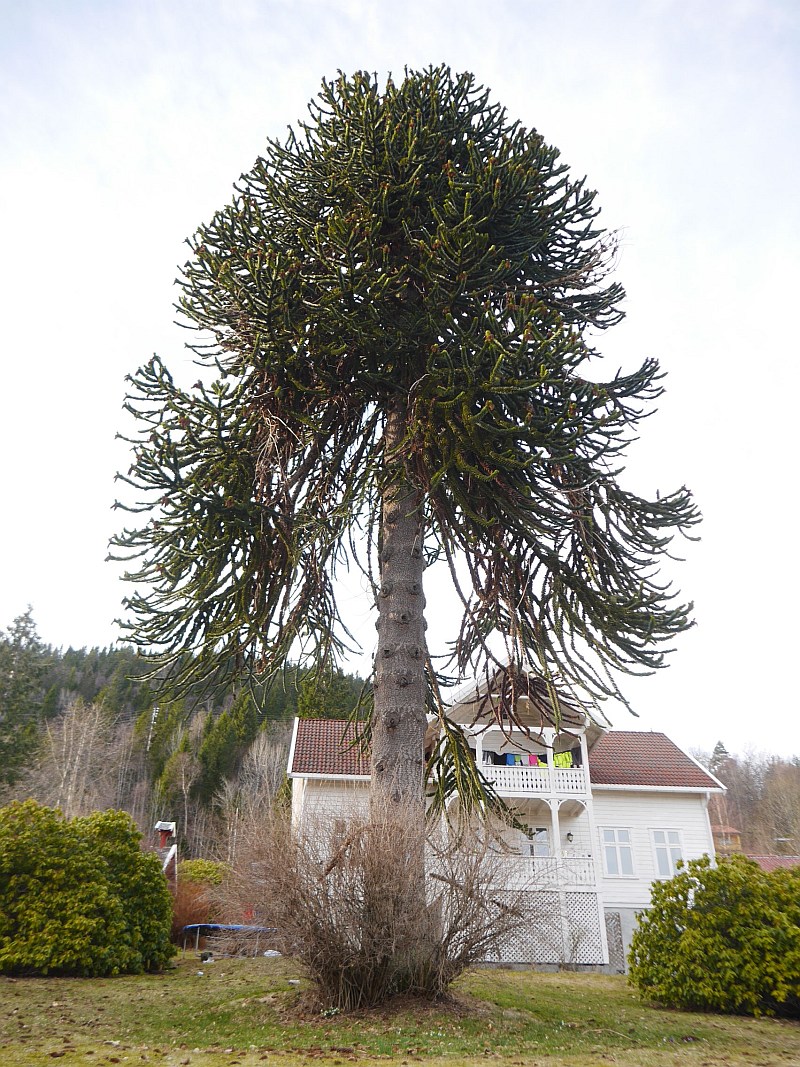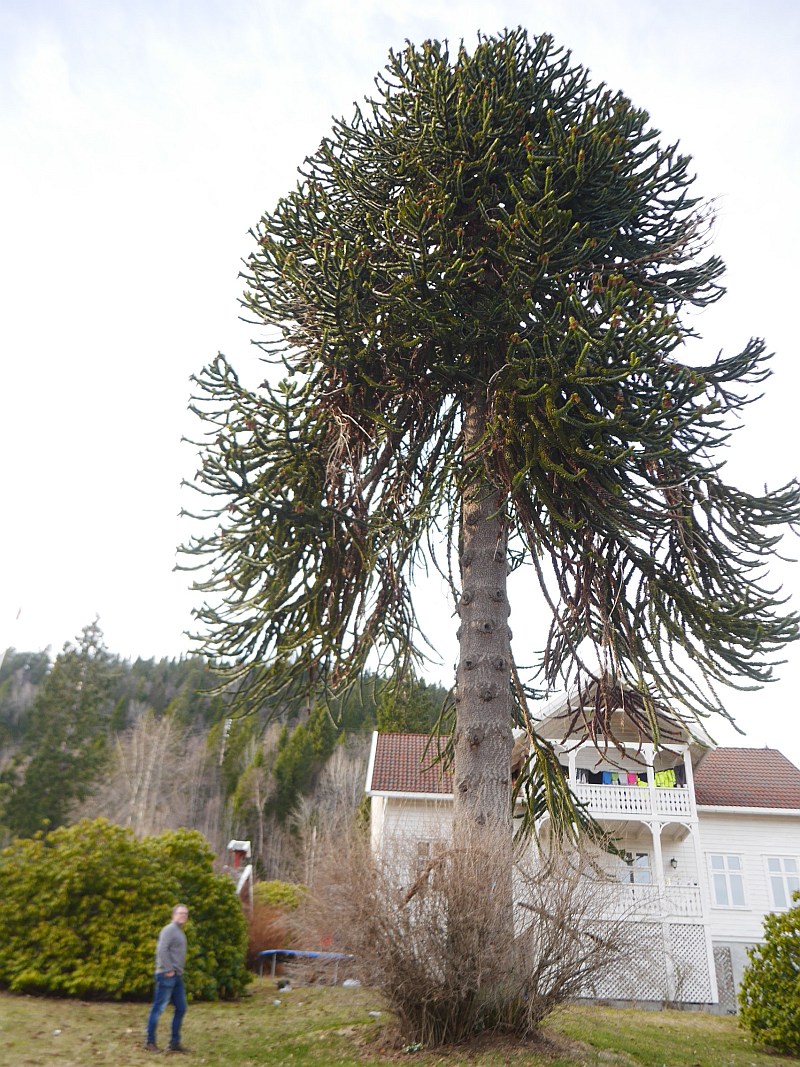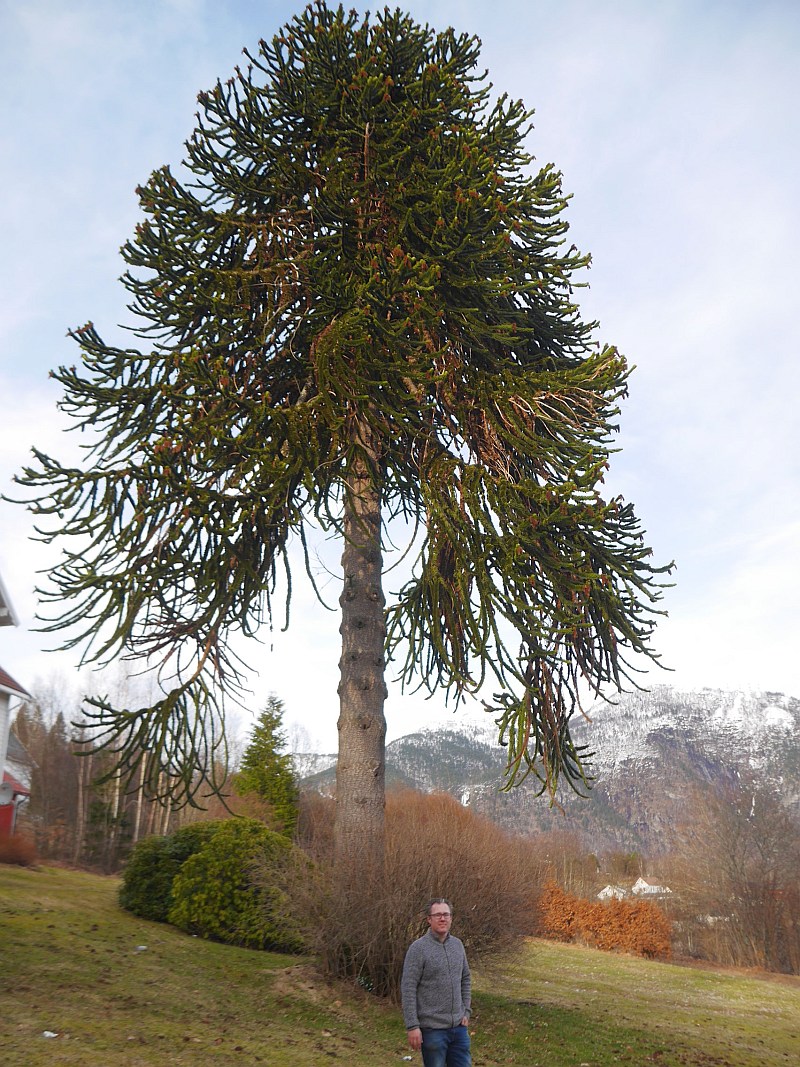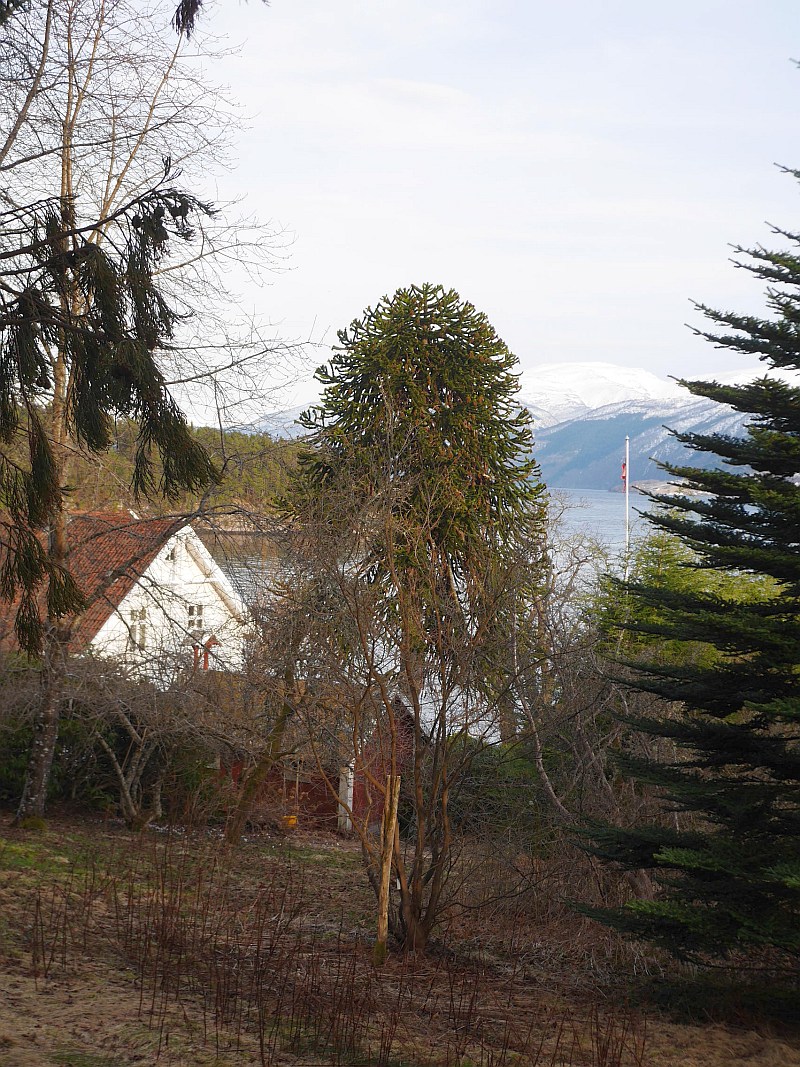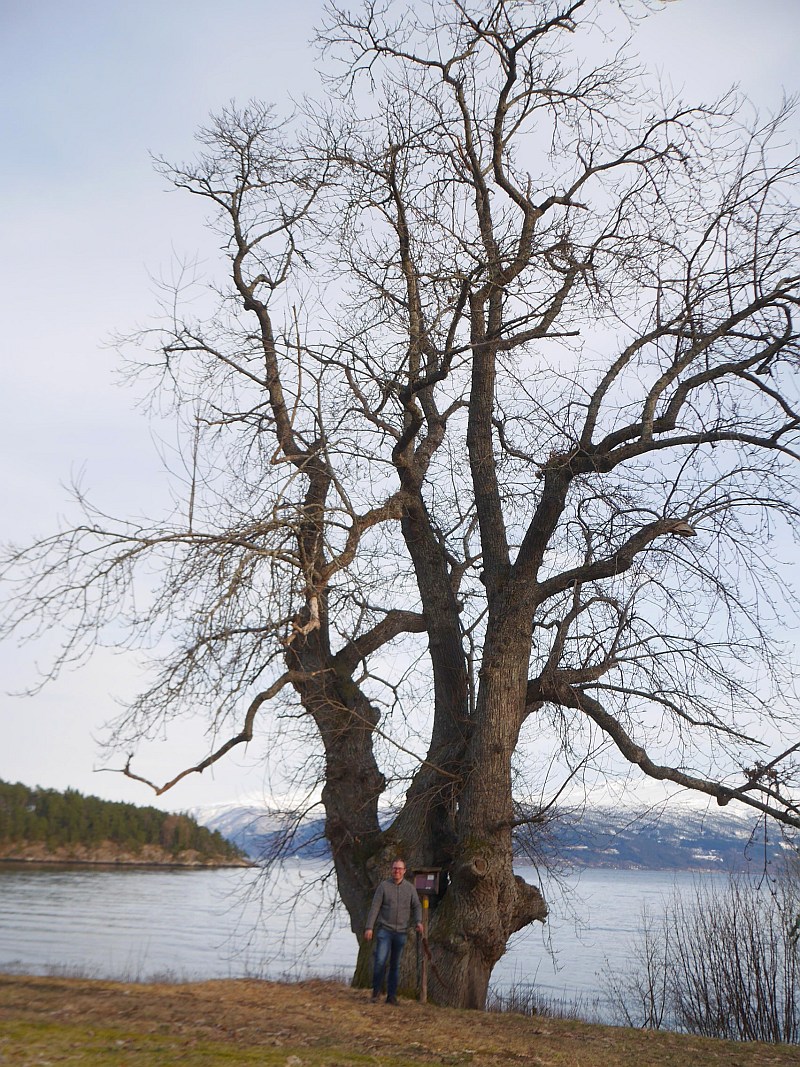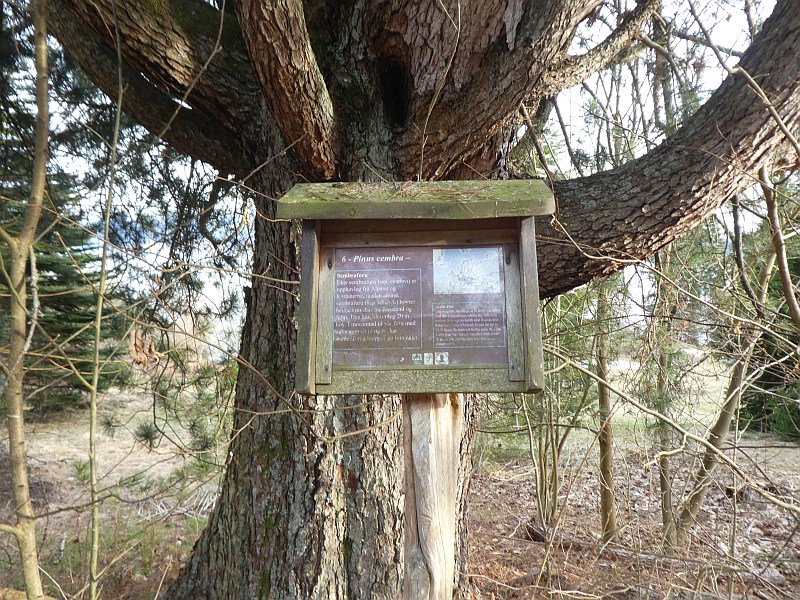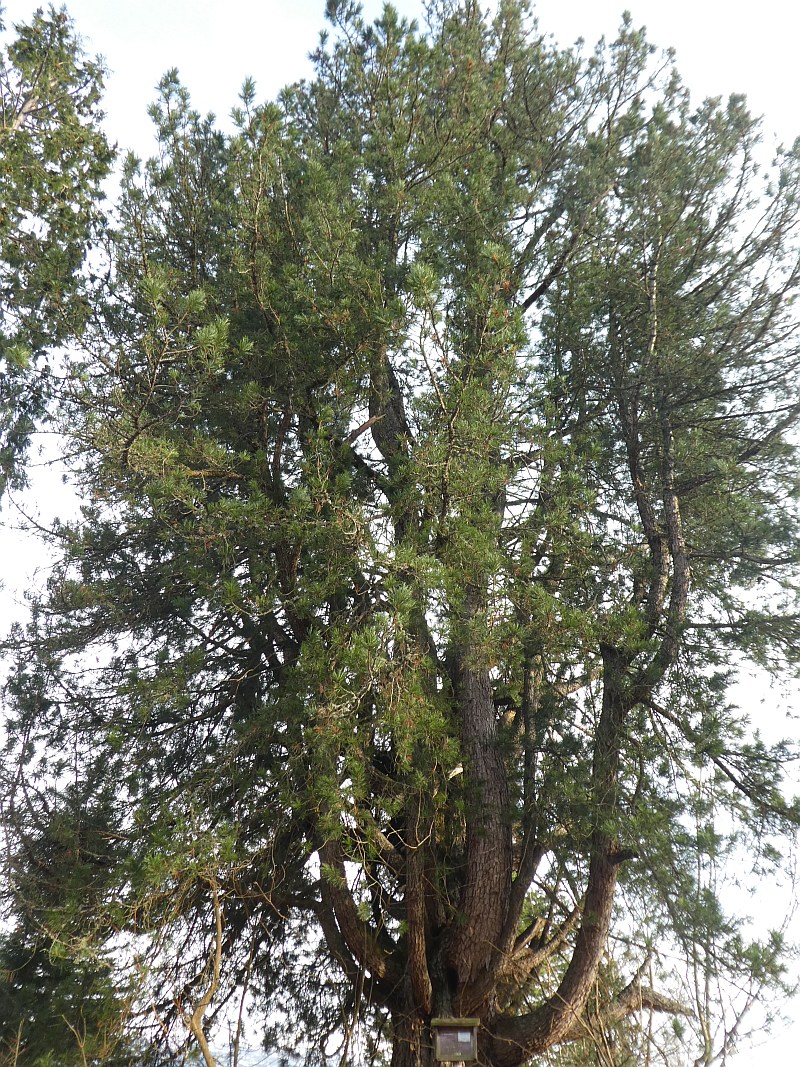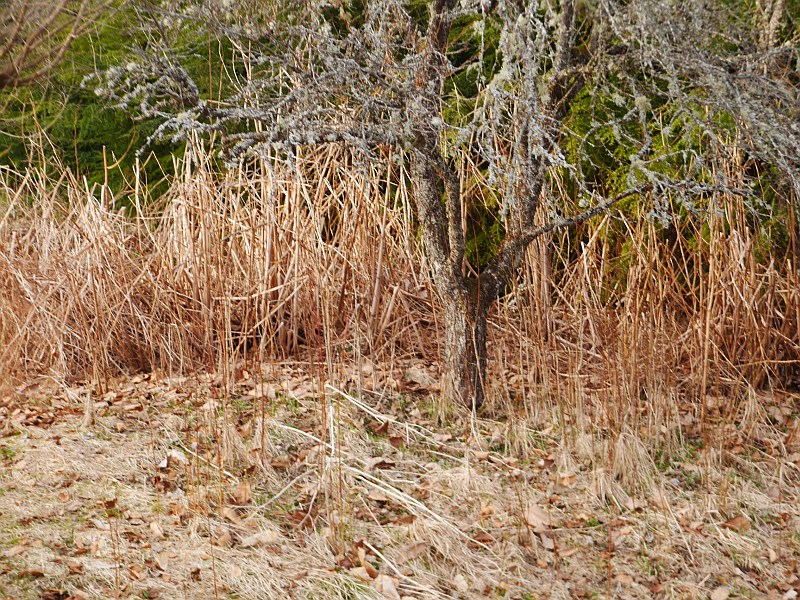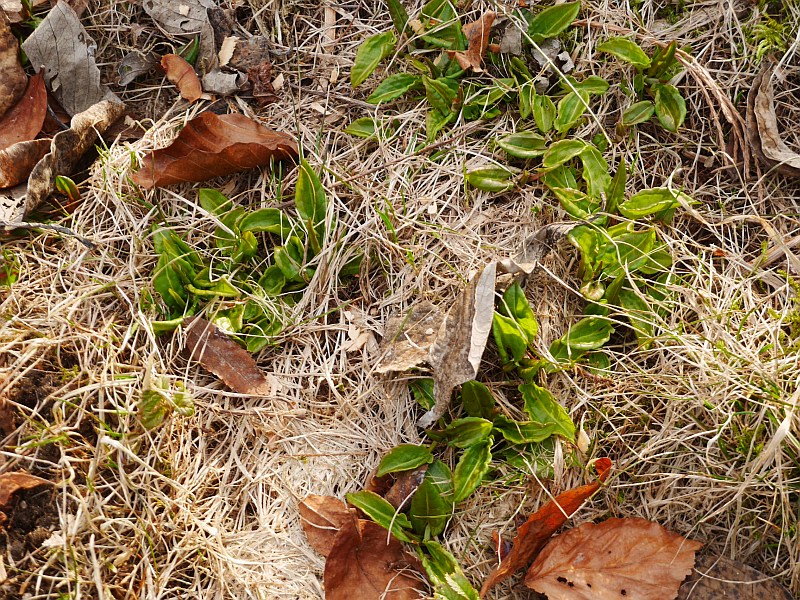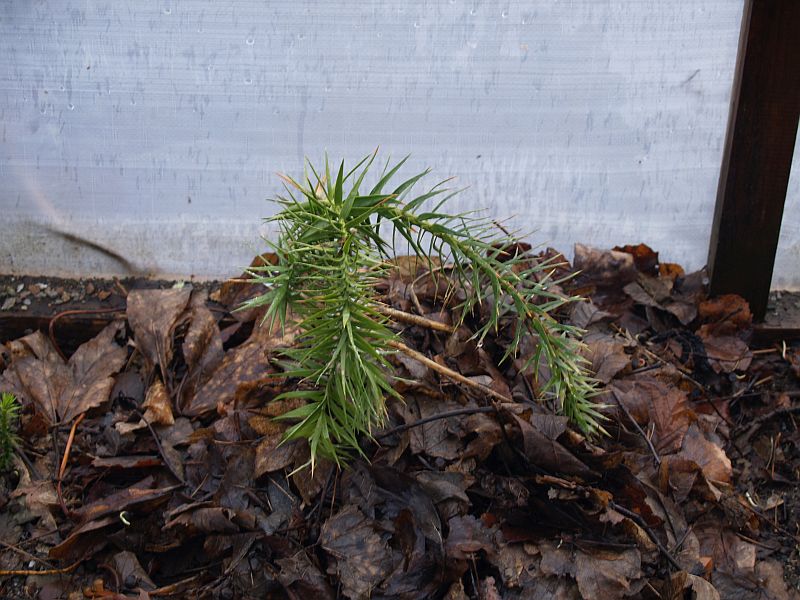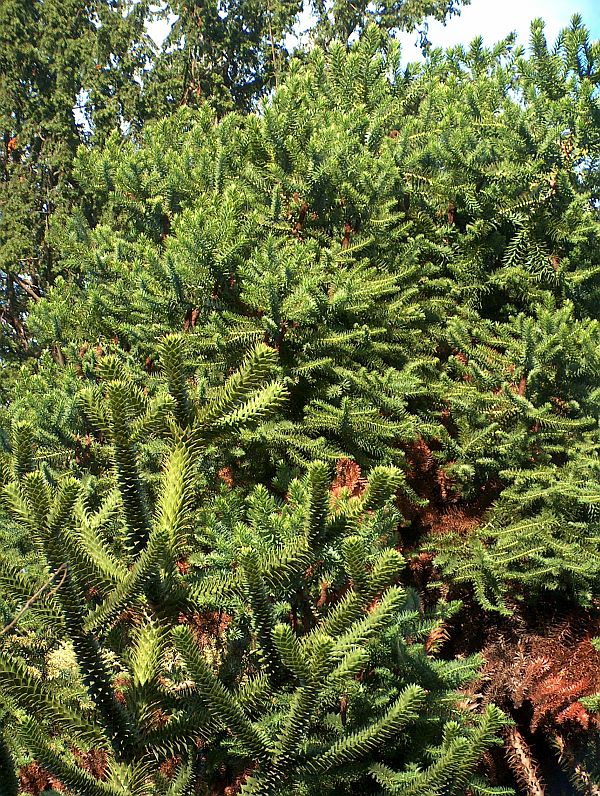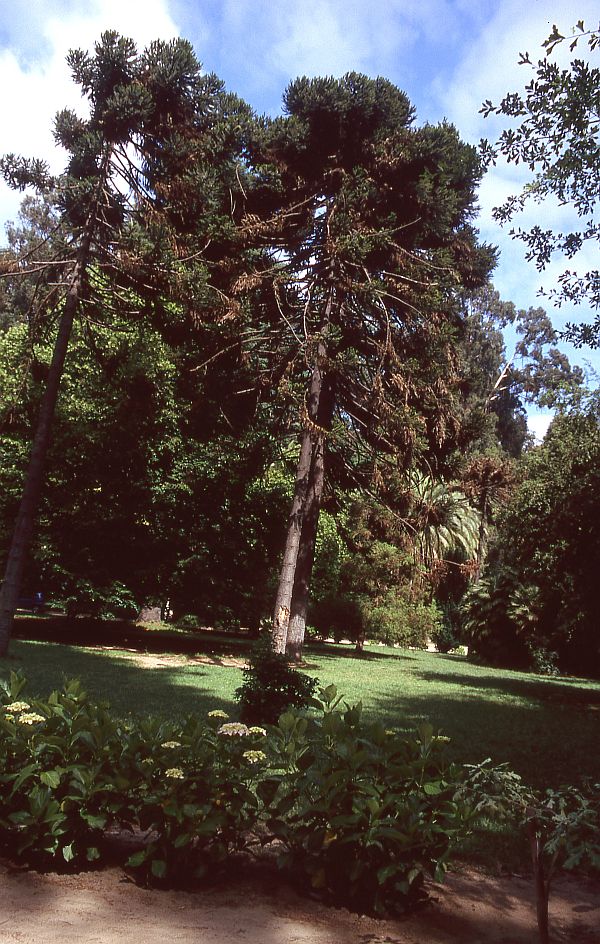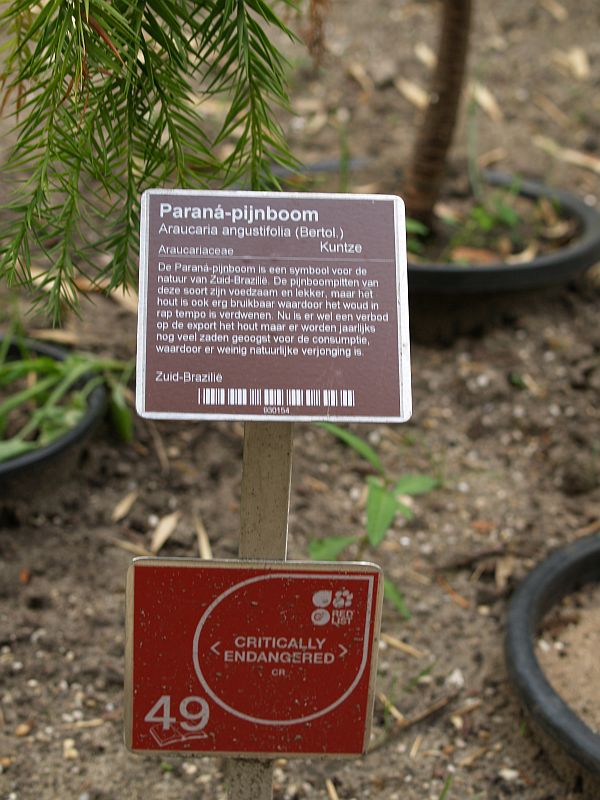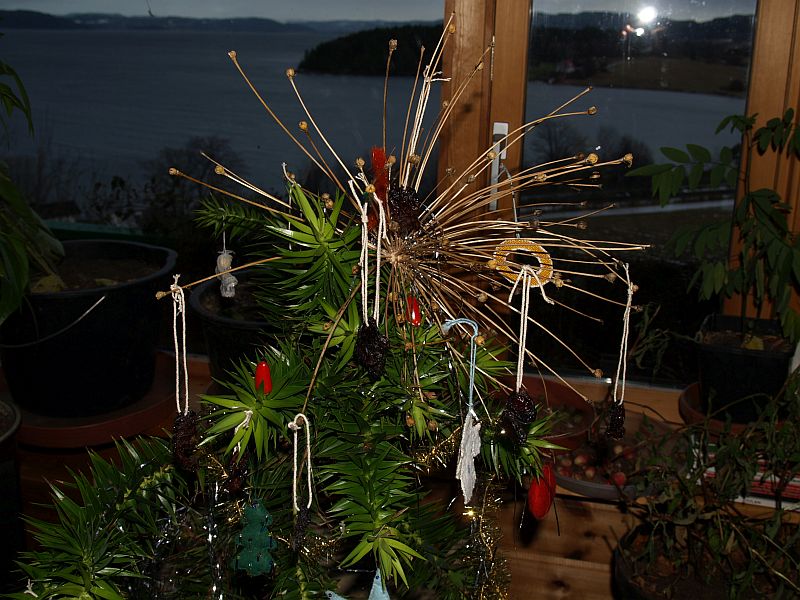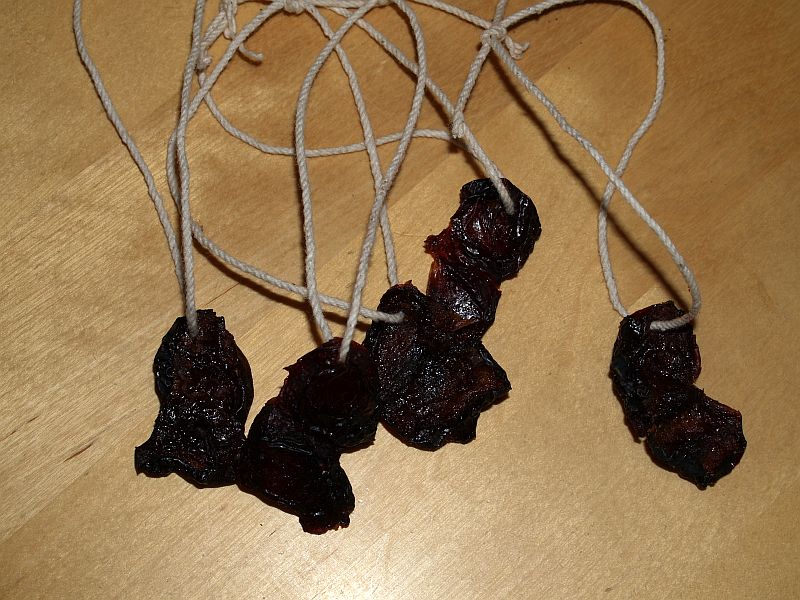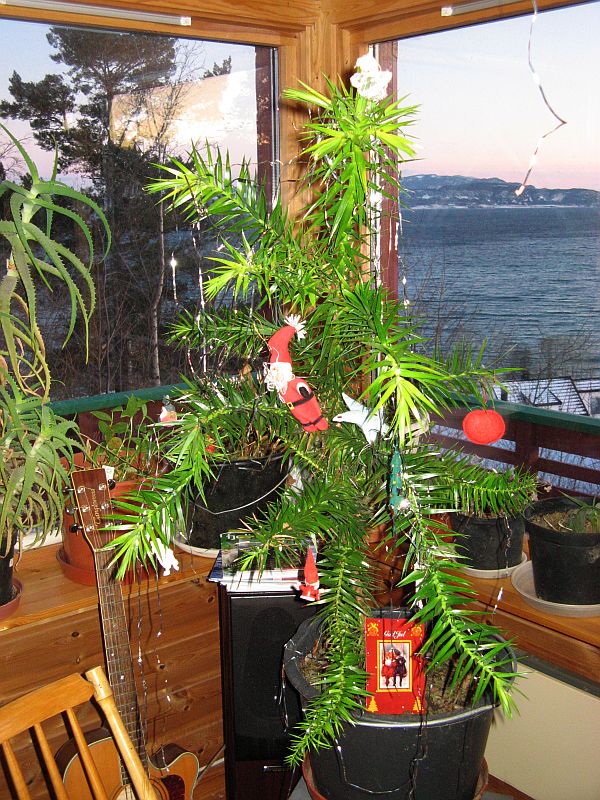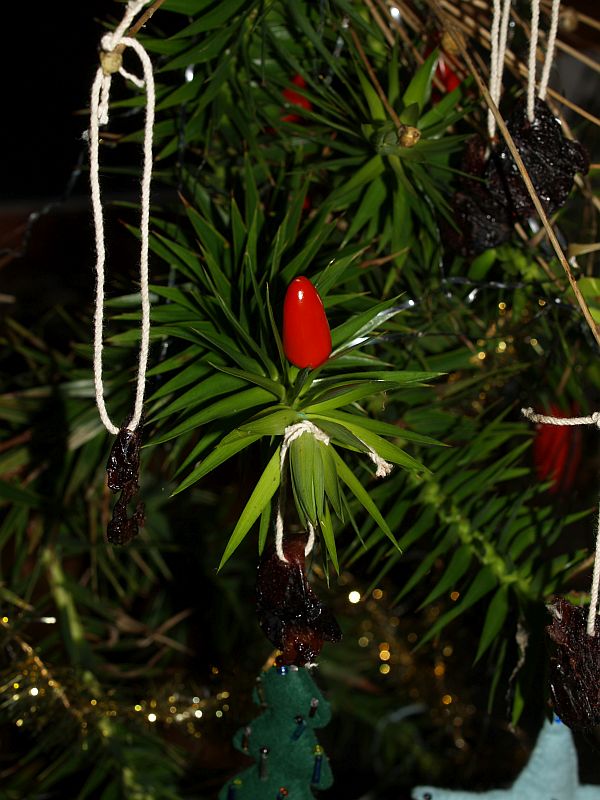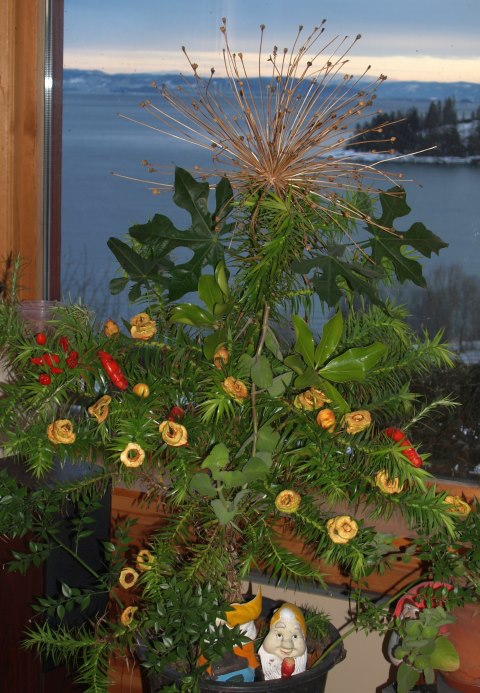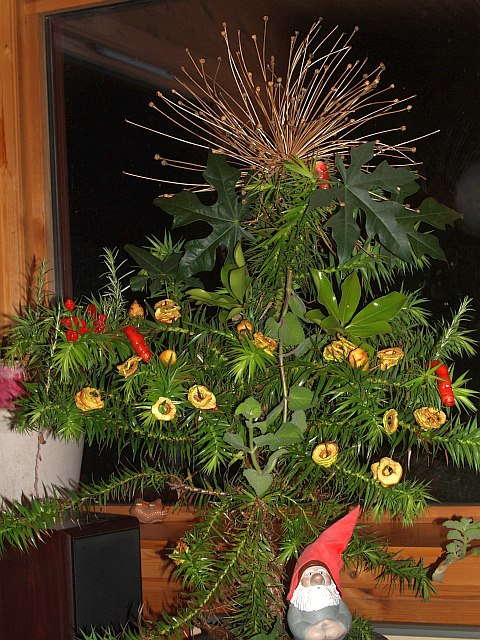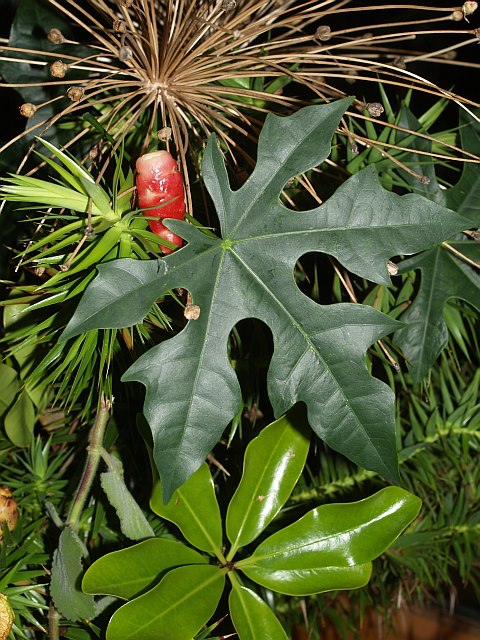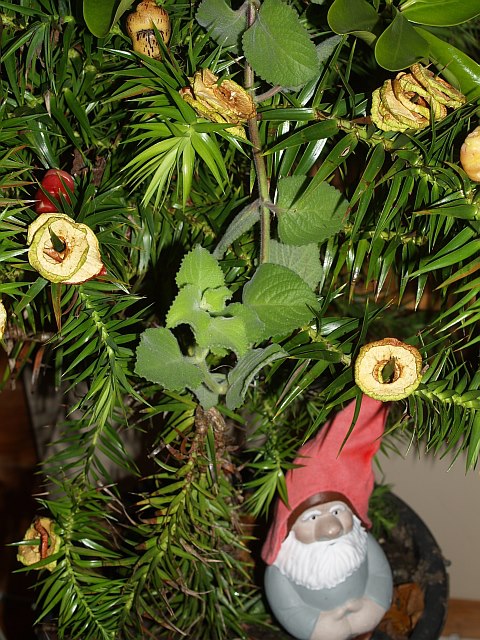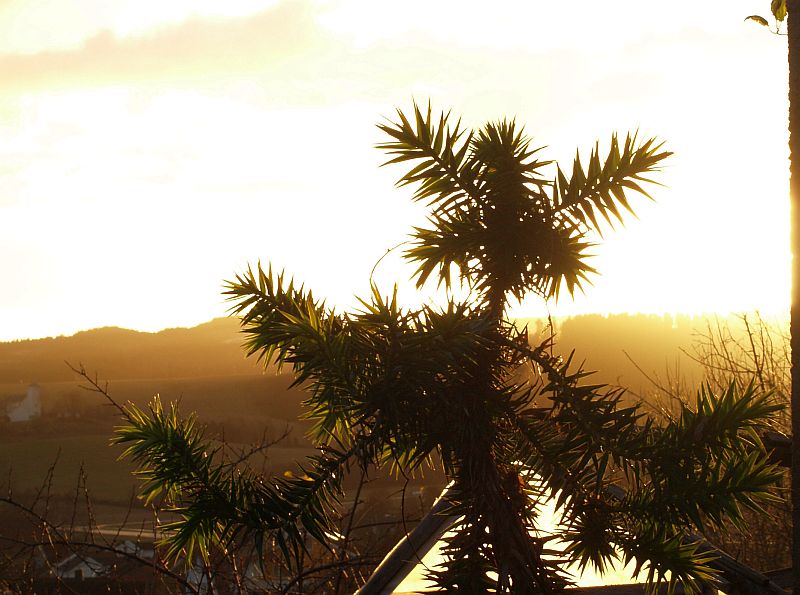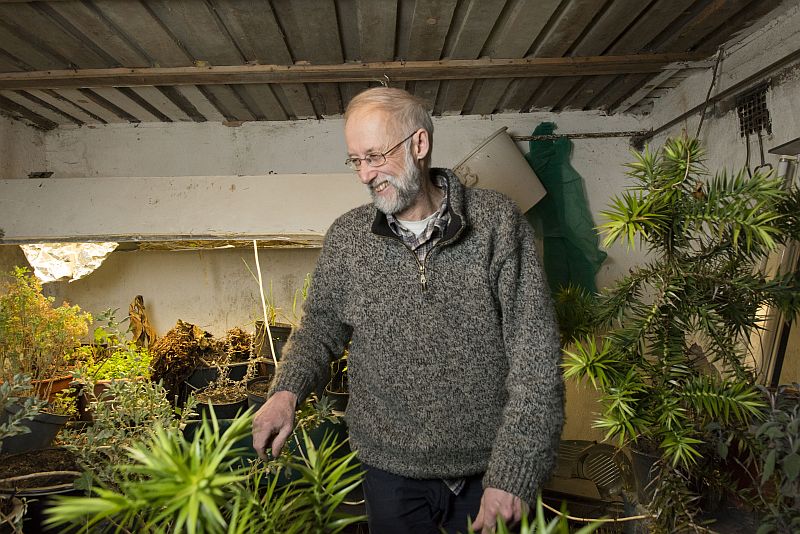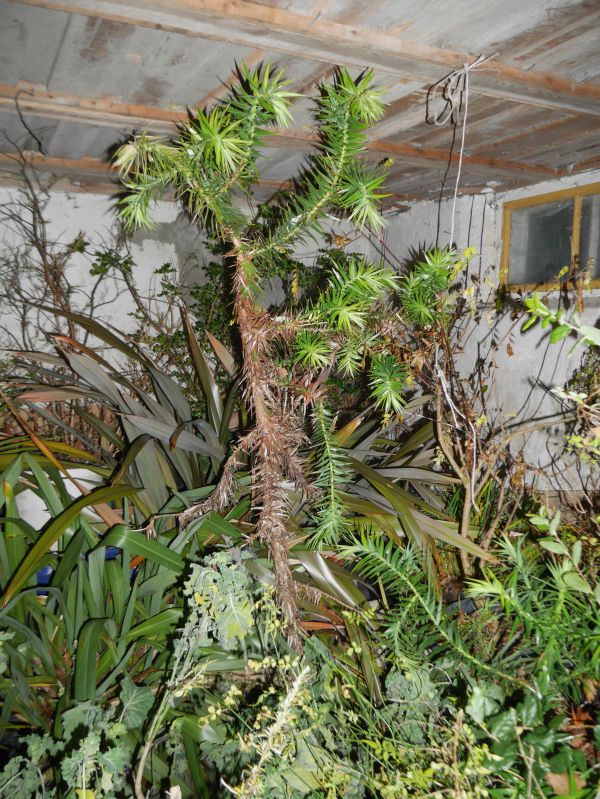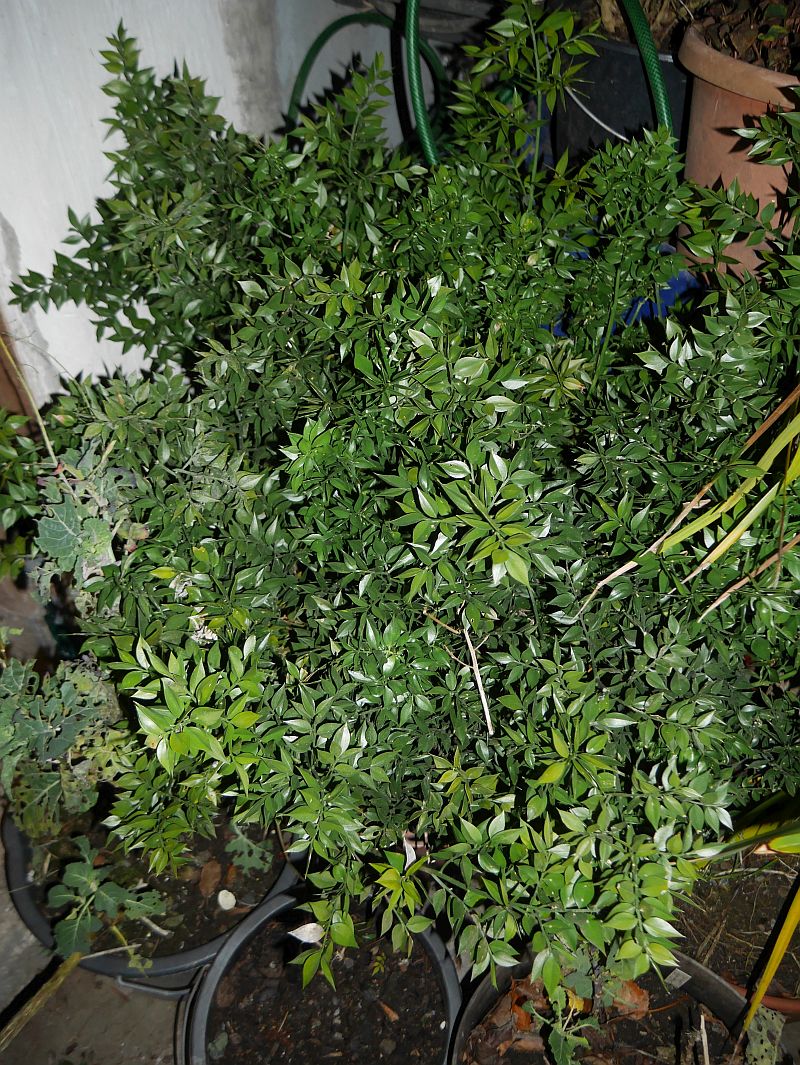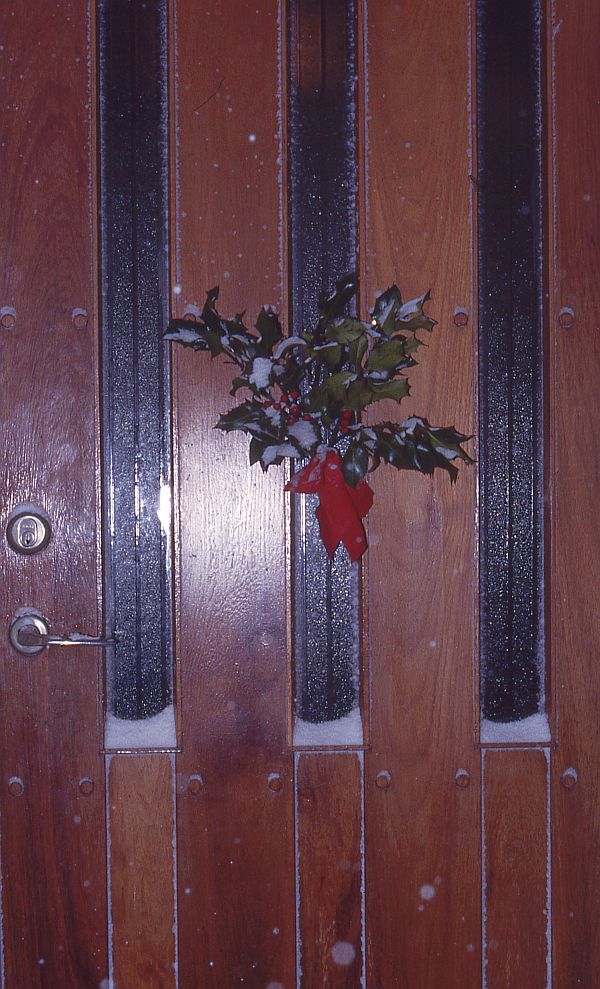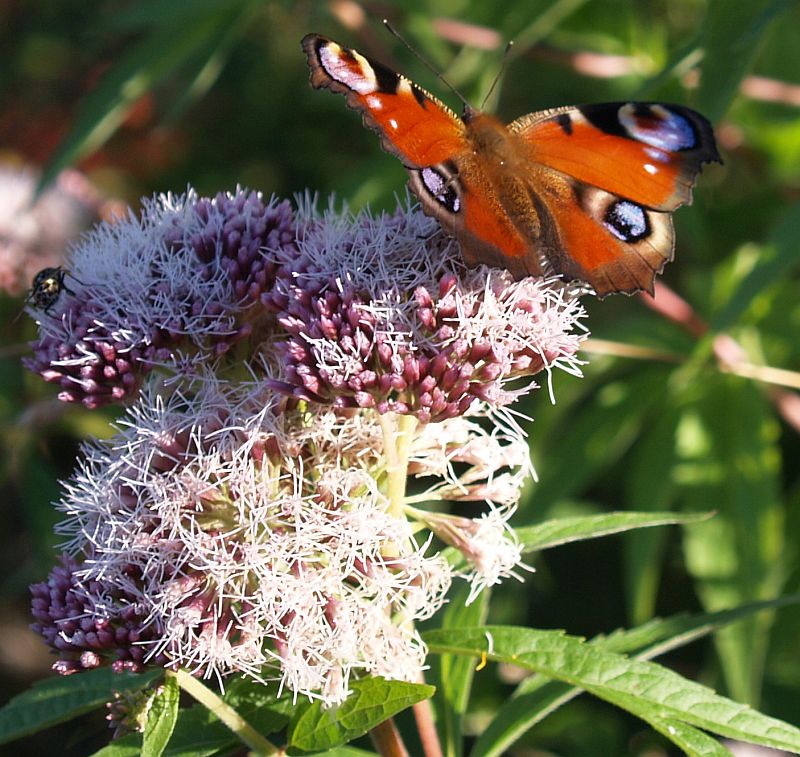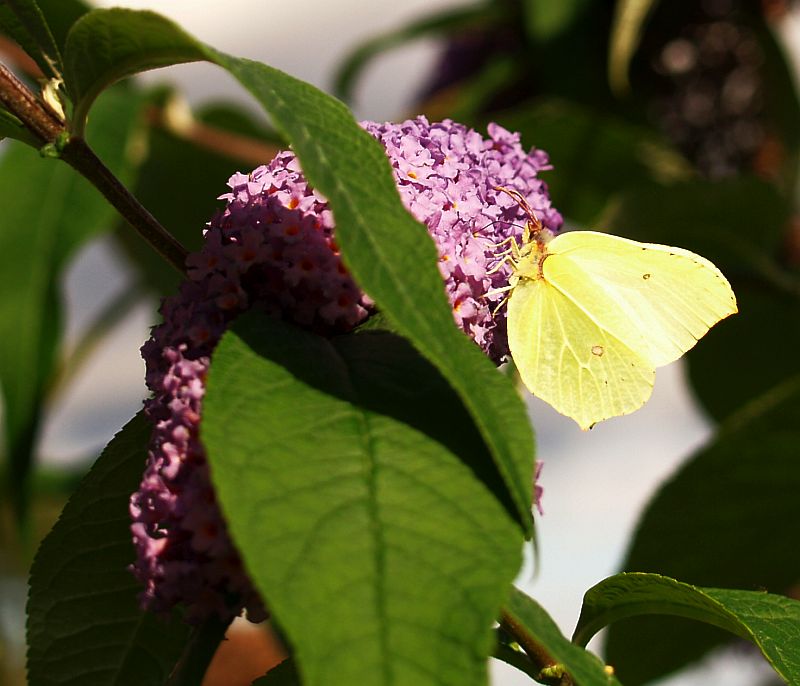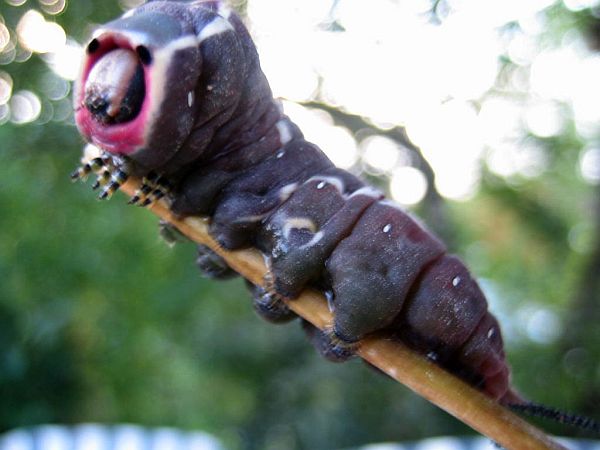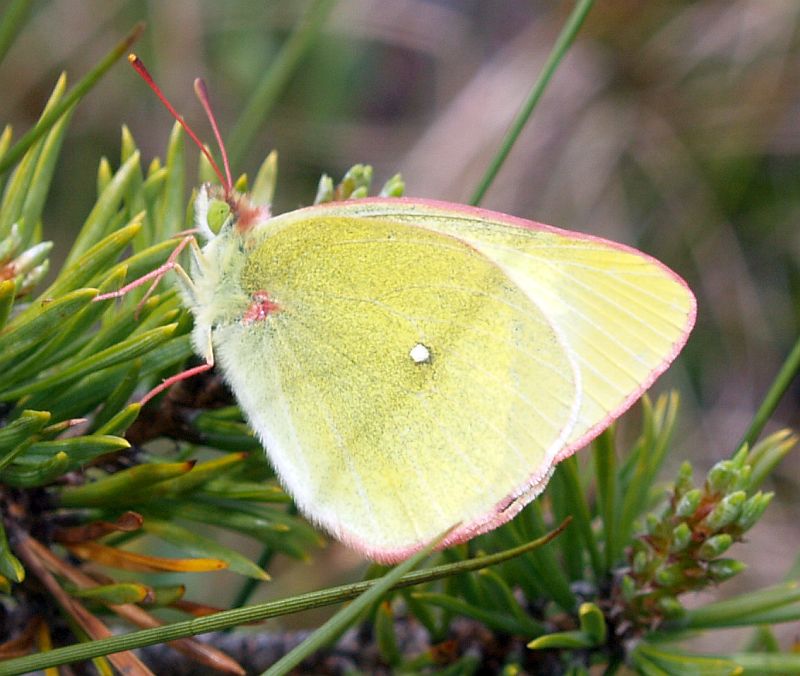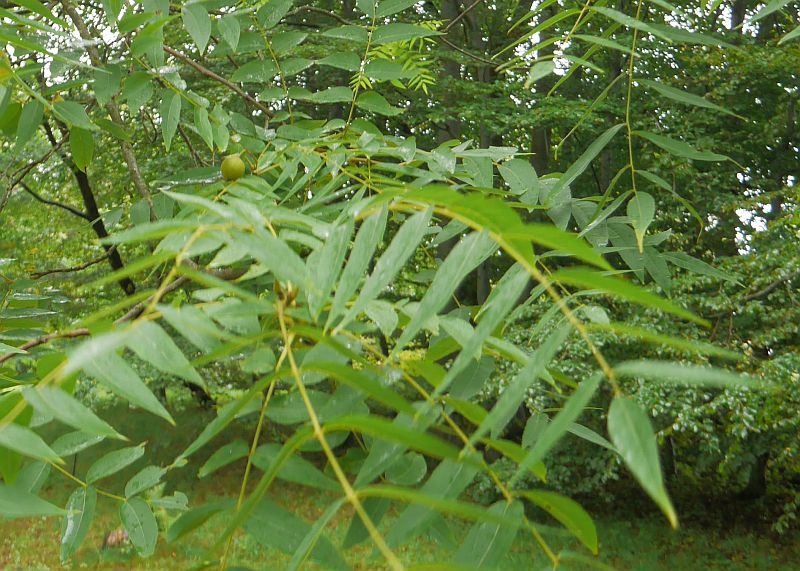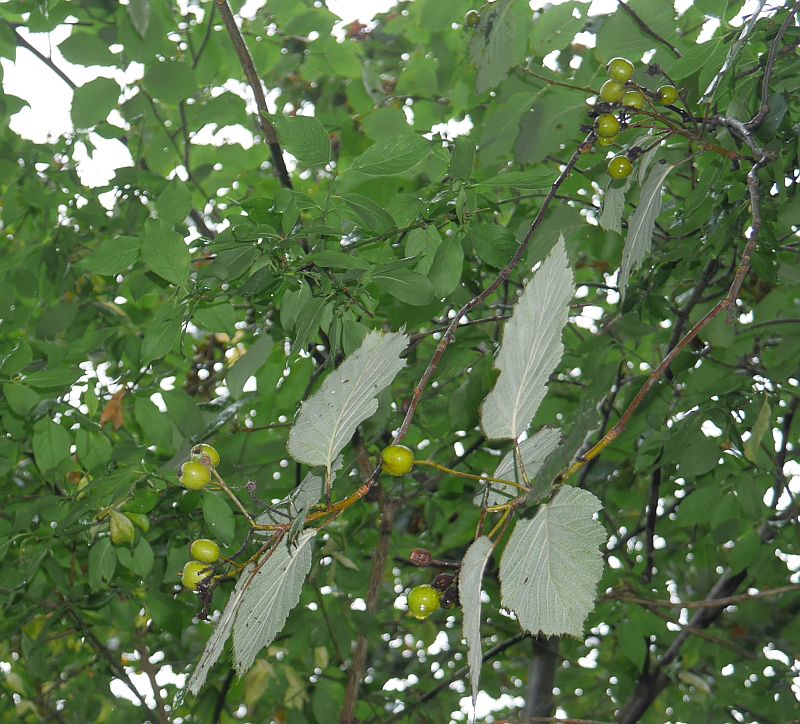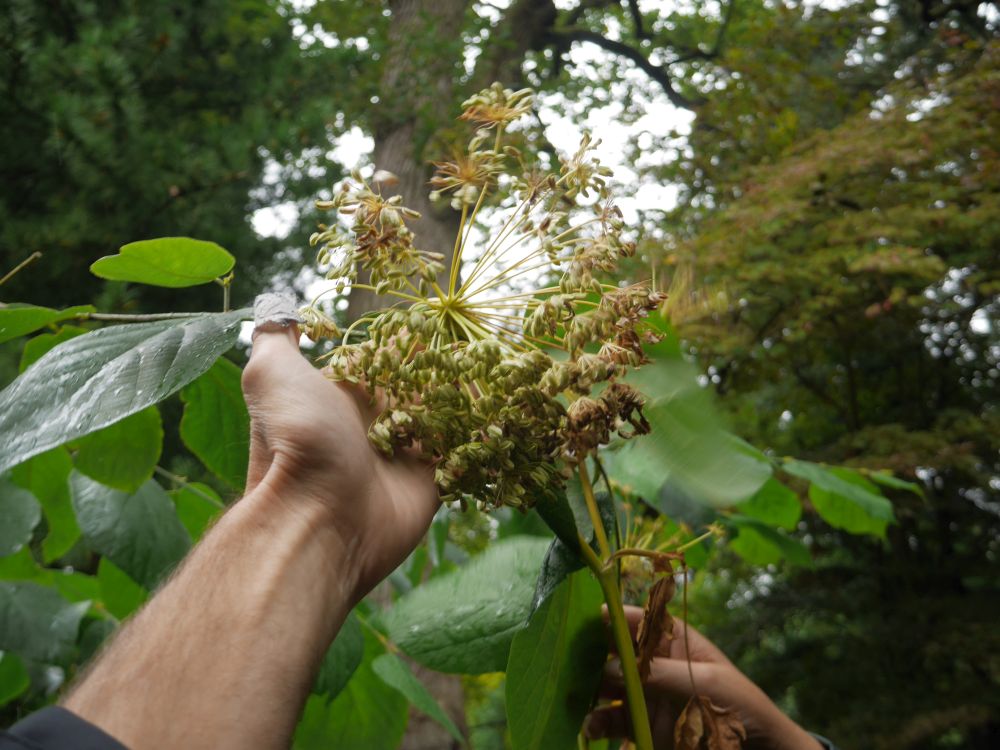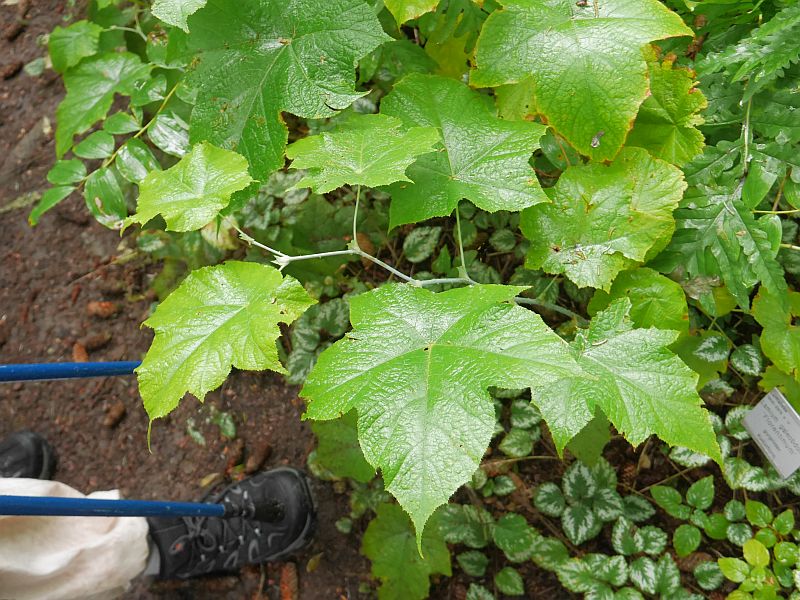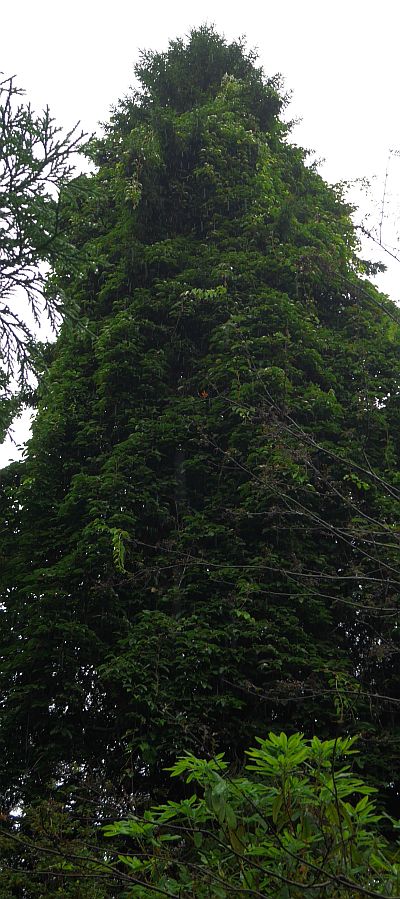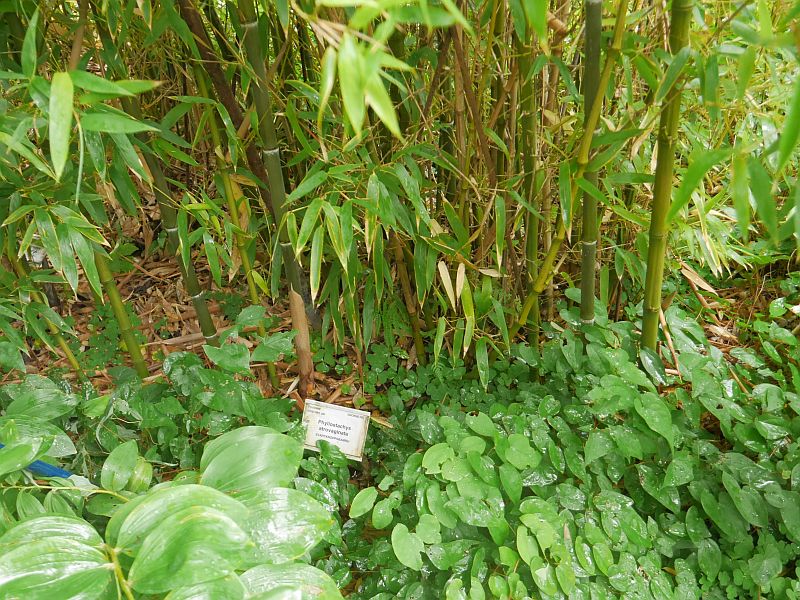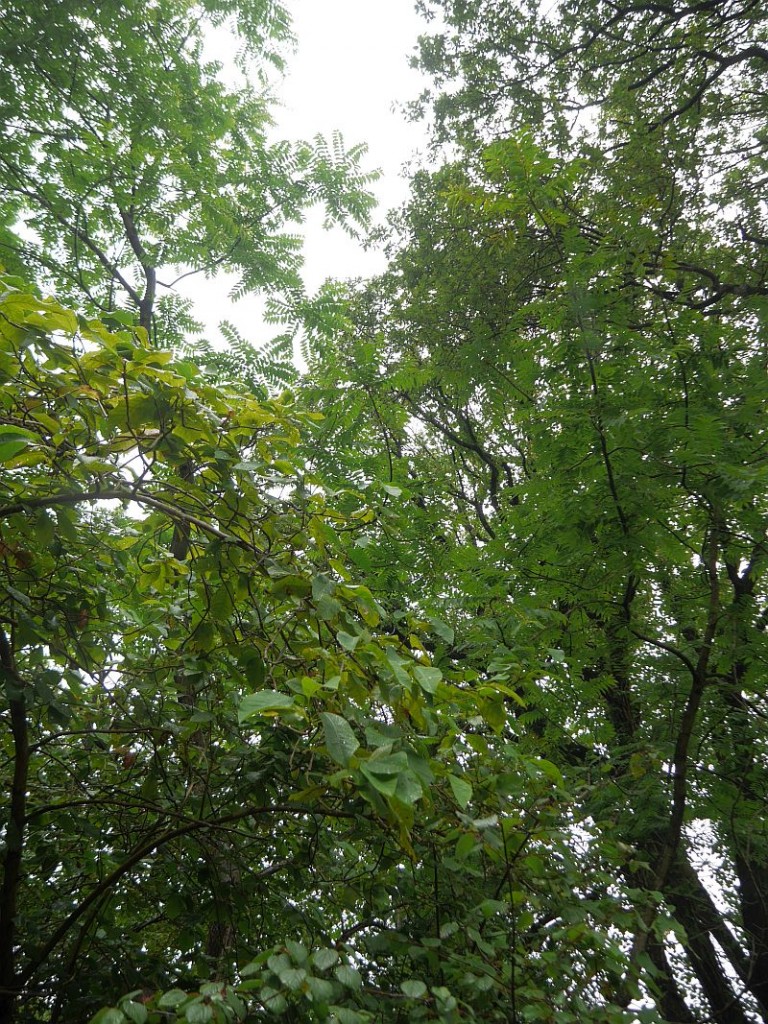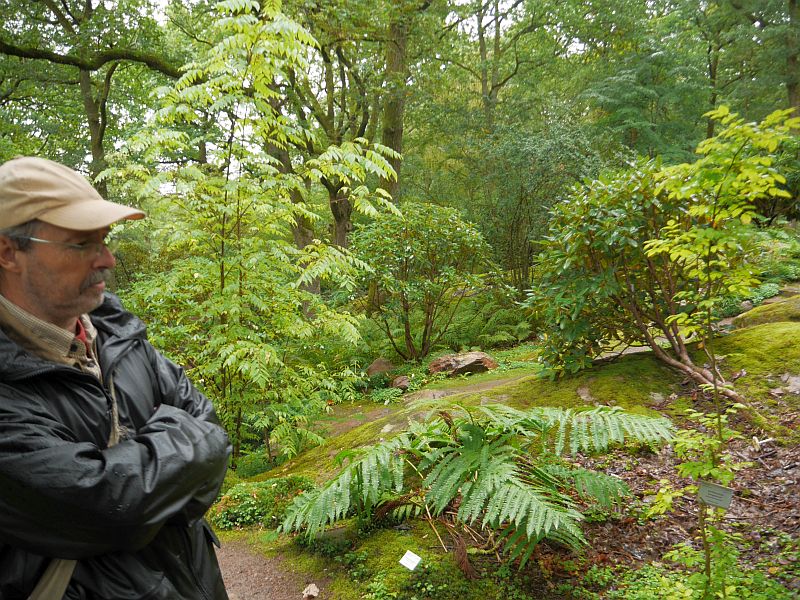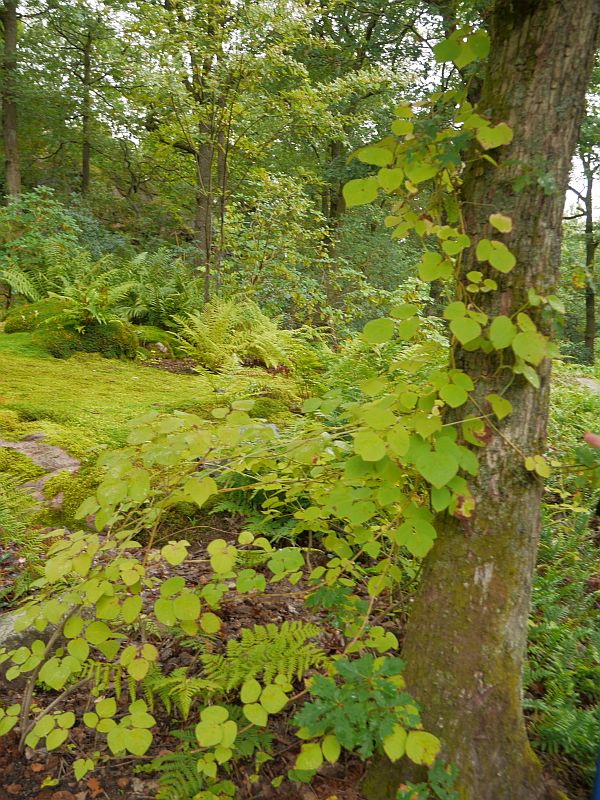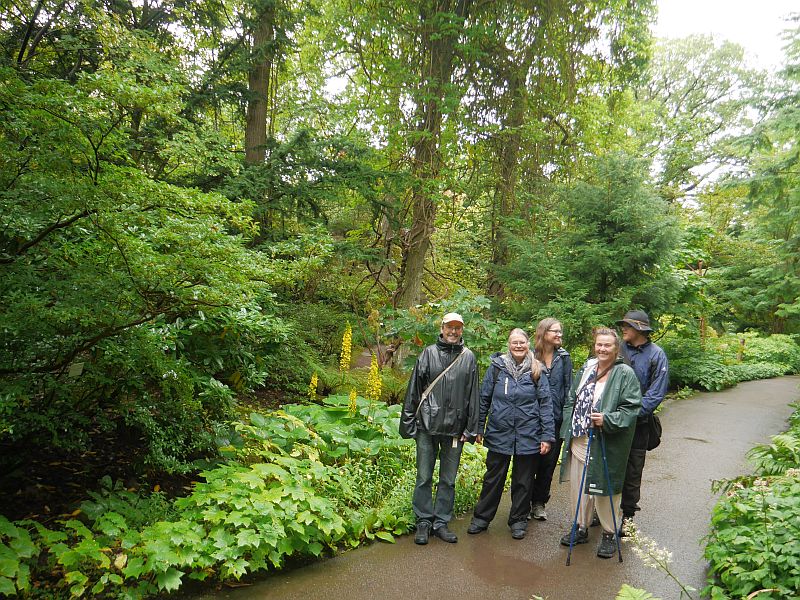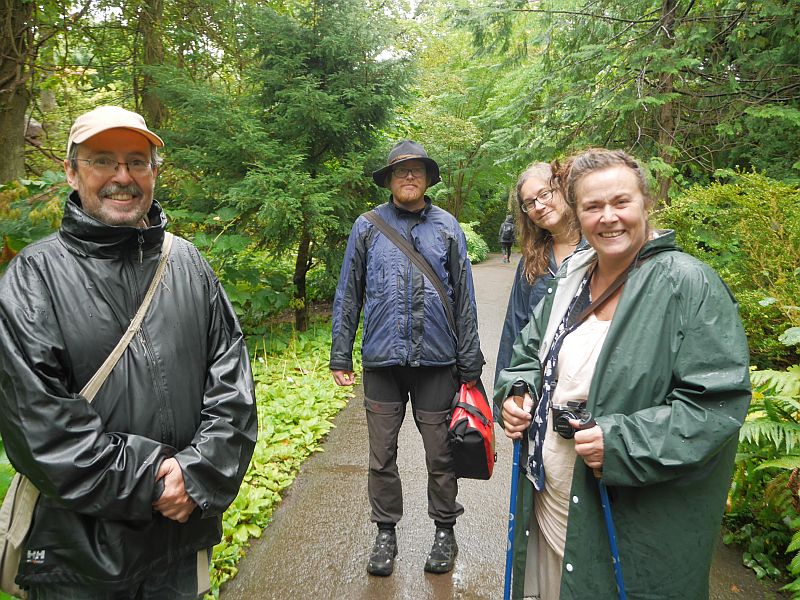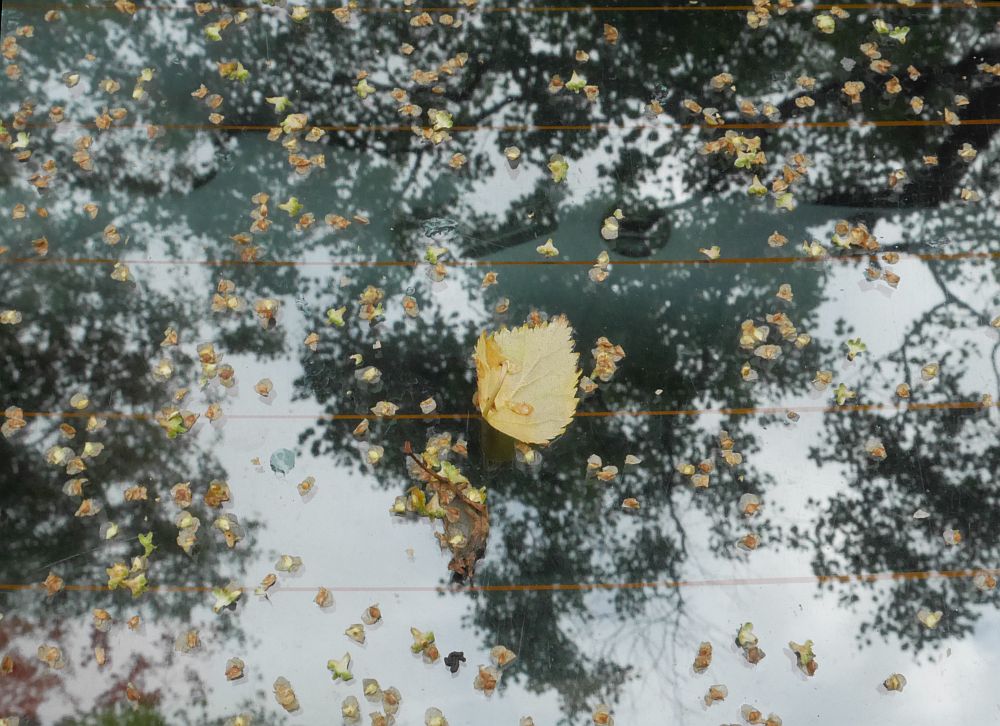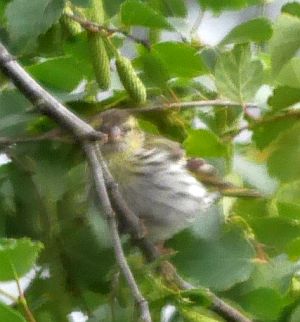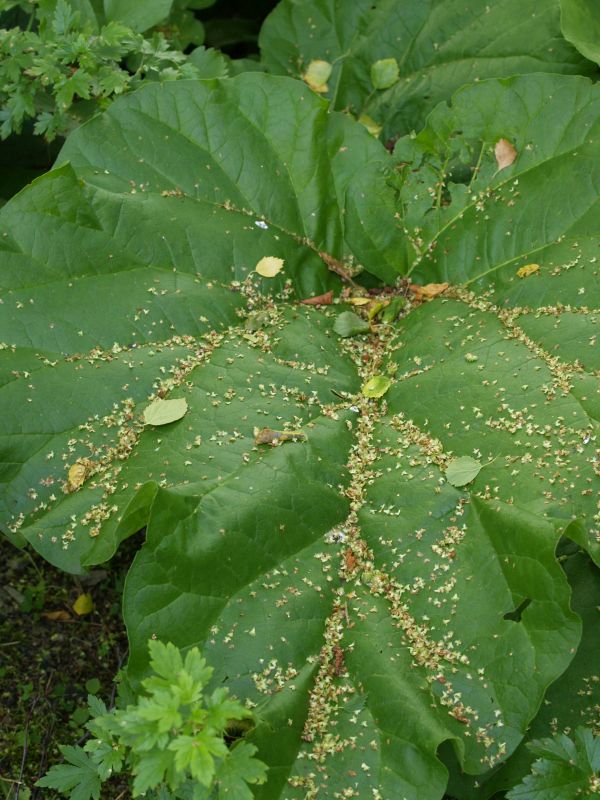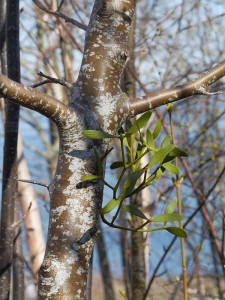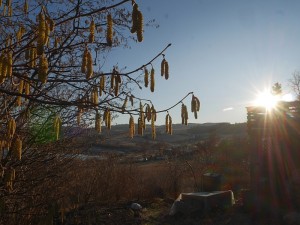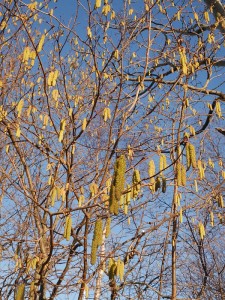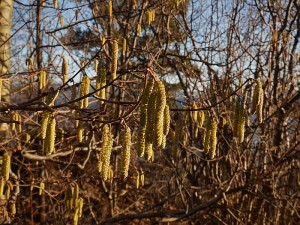Category Archives: Trees
Kurrajong: a house tree with edible roots!
Kurrajong is an Australian tree, Brachychiton populneus, which along with other species of the genus make interesting house plants due to their interesting leaves. Kurrajong leaves resemble poplar leaves as the epithet populneus suggests. It’s a common tree of sandy plains in Eastern Australia. The seeds are remarkably nutritious and were popular Aborigine tucker (wild gathered food). It is unlikely I will ever be able to harvest seed of this tree in the Malvaceae (mallow family), but Rowan White on the Radix Root Crops FB group reminded me that the swollen roots of young trees could also be eaten. My tree wasn’t exactly young at 9 years (seed propagated along with Brachychiton acerifolius), when I first decided to have a go in 2012, at the same time as I moved it to a bigger pot…
There were 3 young roots worth trying so I harvested them and baked them in their skins together with potatoes. They seem to need a bit longer than potatoes. The skins peeled easily off after baking and they were crispy with a good mild taste. If you have a ready supply of seed, they can be grown and harvested a bit like carrots when quite young!
This spring the tree died (at 15 years old) with no sign of life in the above ground parts, but when disposing of the plant I noticed that the young roots looked healthy, so I harvested them and repotted the remainder of the root to see if it might resprout and after several weeks in the window sill it now has fresh leaves, so not dead after all!

I didn’t get round to eat the young roots…they were left inside for a month and looked withered and inedible, but cutting in to one it looked good inside and indeed it was tasty and almost free from fibre….so we ate it in a stir-fry dish last night!

Balestrand and the journey to Sogn
Andrew McMillion kindly picked me up early on Friday morning from the night train at Oslo airport and we drove together to the location of the KVANN / Norwegian Seed Savers annual meeting in Leikanger on the Sognefjord. As we were to arrive earlier than the other board members, I suggested going to Balestrand, about an hour further on as I’d heard that Norway’s largest Monkey Puzzle tree (apeskrekk) could be seen there! Andrew didn’t hesitate as he wanted also to go to Balestrand as he actually had family roots just a kilometer away from the tree!! There was much more than that though! It was an amazing day, first the wonderful trip over the mountains in perfect weather…to see what else we experienced, see the album!!
Grow your own Christmas tree
For Helge Finnøy
I was very saddened yesterday to learn that my friend Helge Finnøy has passed away after a very long illness :cry:
Helge was a gentle, modest, intelligent man and we shared an interest in particular in plants and insects and he reintroduced me to the music of Ray Davies (Kinks) and we were both at his memorable performance at Trondheim Torvet (town square) on October 11th 2014. I’m not one for sending flowers (at least not at this time of year), so I’ve put this little gallery together of my colourful memories of Helge! I have fond memories of visiting Helge (and Randi) and his garden at Torp (incidentally right next to Granly, where we rented a flat when we first moved to Norway i 1981). Takk for alt, Helge! Kondolere Randi Stubban og Sunniva Stubban Finnøy <3
Walk with Bosse in the Gothenberg Botanics
I visited Bo “Bosse” Blomquist last year outside of Gothenburg and despite it being a bit late in the day and almost dark at the end, I was really impressed by his collection of edible trees, shrubs and bushes! He works in Gothenburg and is a regular visitor to the gardens! We agreed to meet before my talk and a group of friends also joined us!! It was great to walk in the garden with Bosse as he knew all the interesting edible woody plants! Thanks!! Here are a selection of pictures!
The old Elm
Rebecca J Smith warns me in this video about this old growth elm on Eirik Lillebøe Wiken and Hege Iren Aasdal Wiken‘s land on the tour up to their mountain farm.
Siskins and birch
Birch seed scales are currently falling in the garden thanks to the feeding of siskins (grønnsisik)….
Added videos of a siskin feeding on fallen birch seed next to the entrance to the garden…this one allowed me to stand only 2m away and film:
…and above the siskins were feeding in the birch trees
…joined briefly by a Robin
…and showing the proximity to the road

